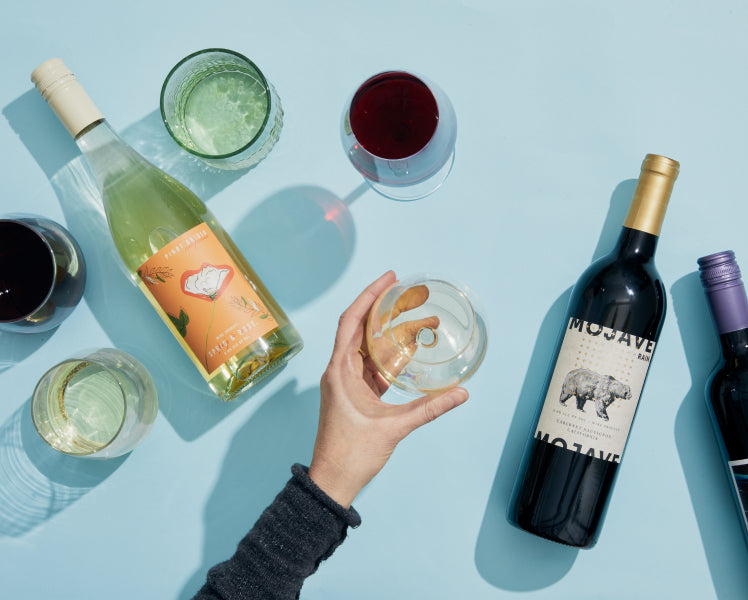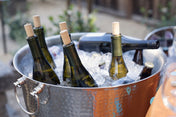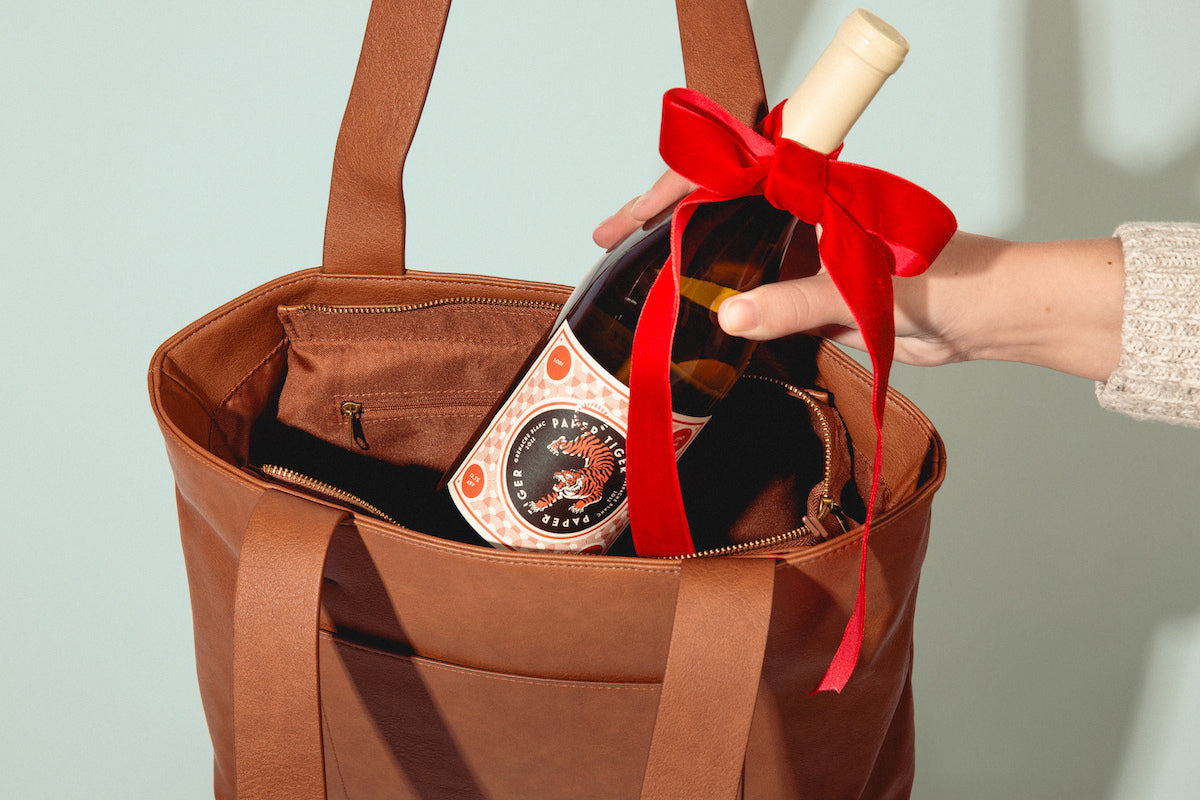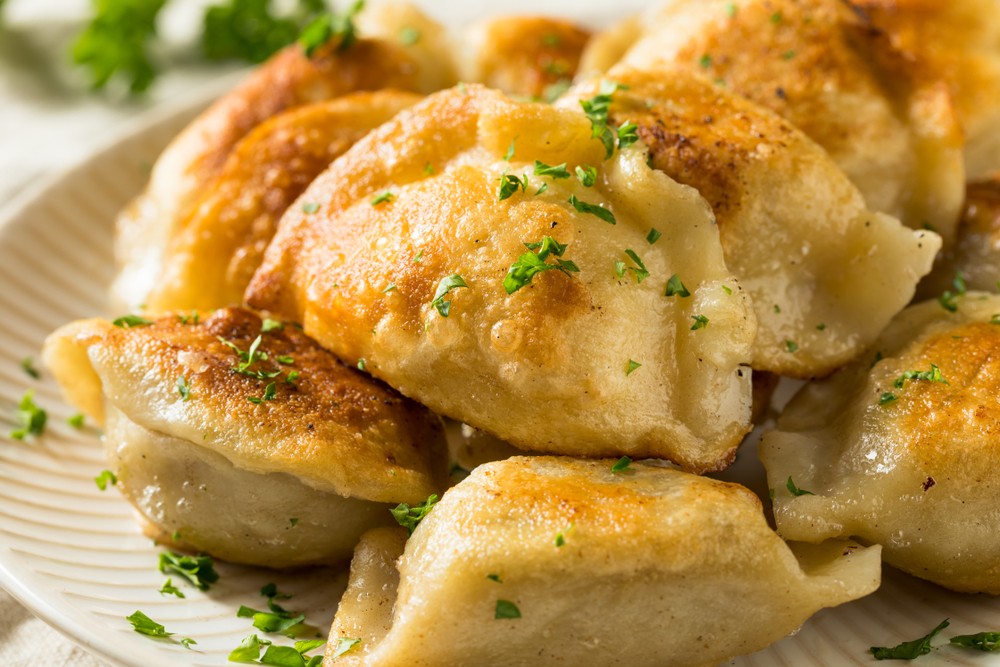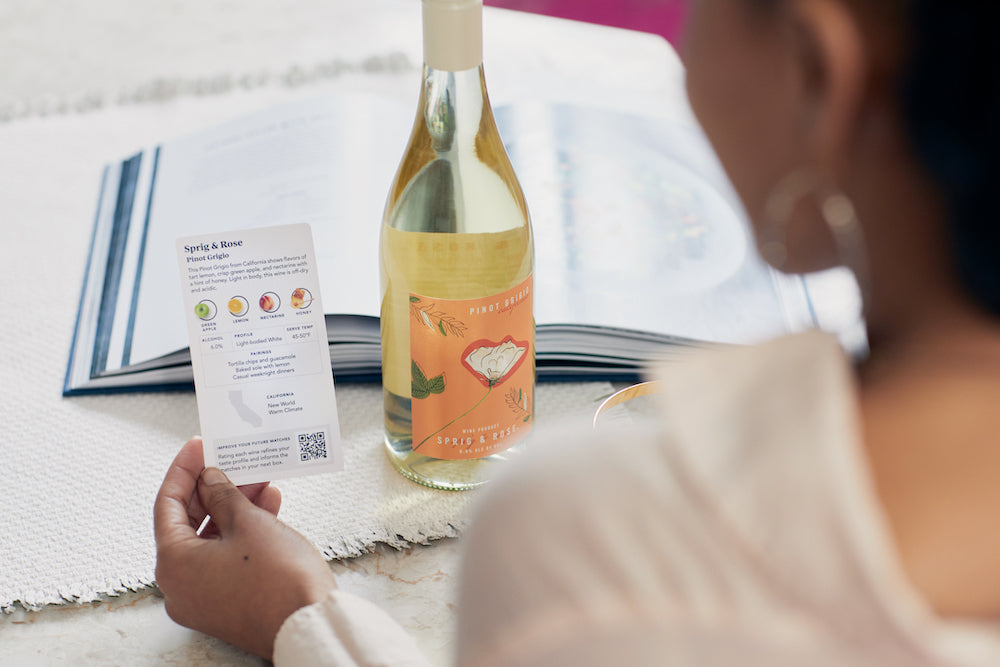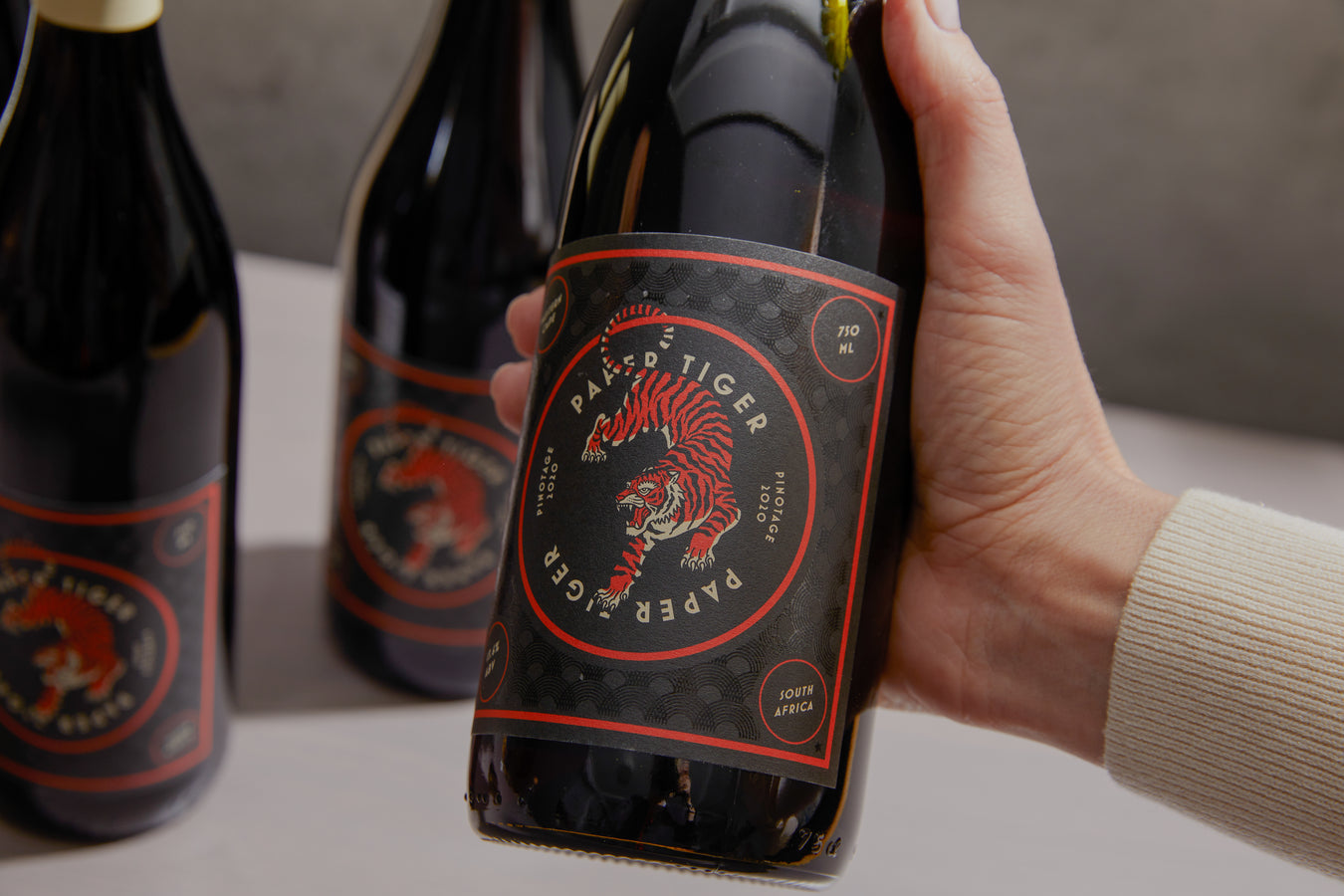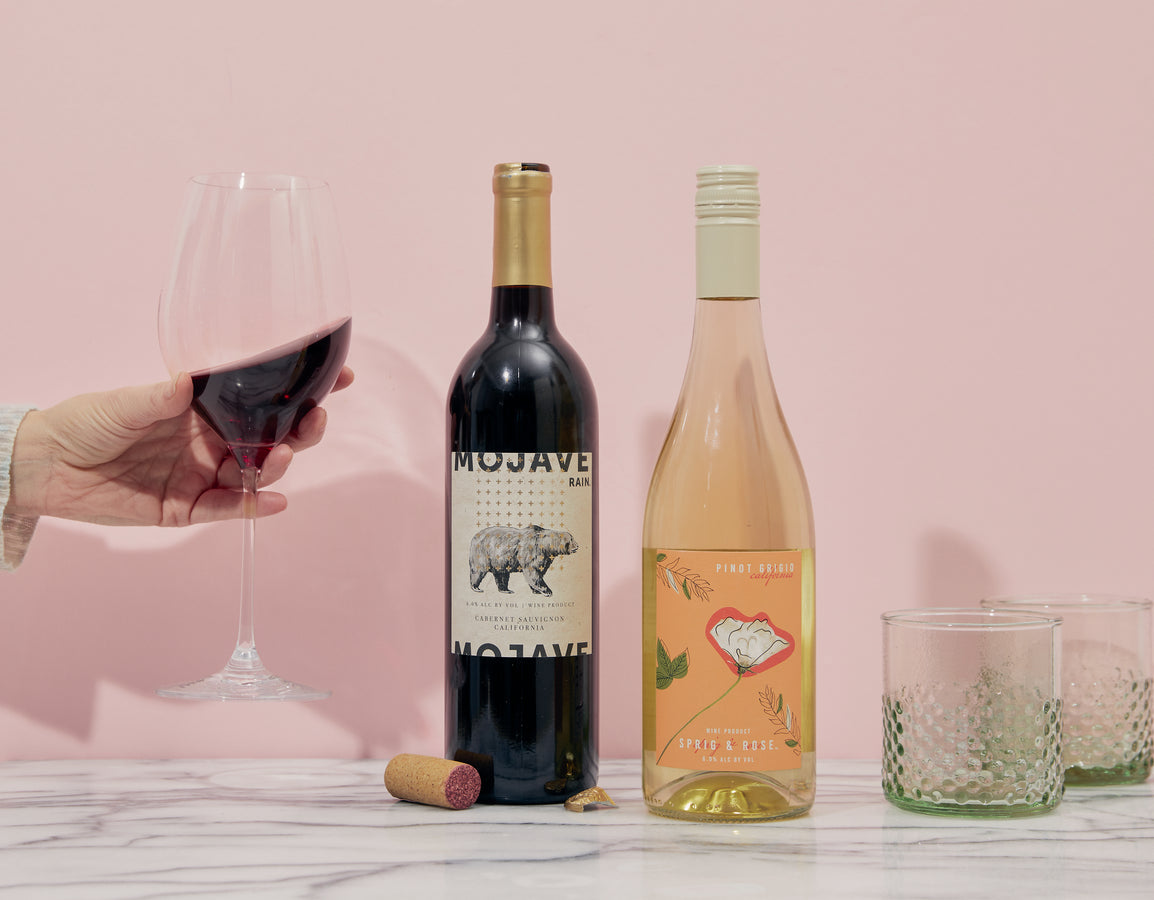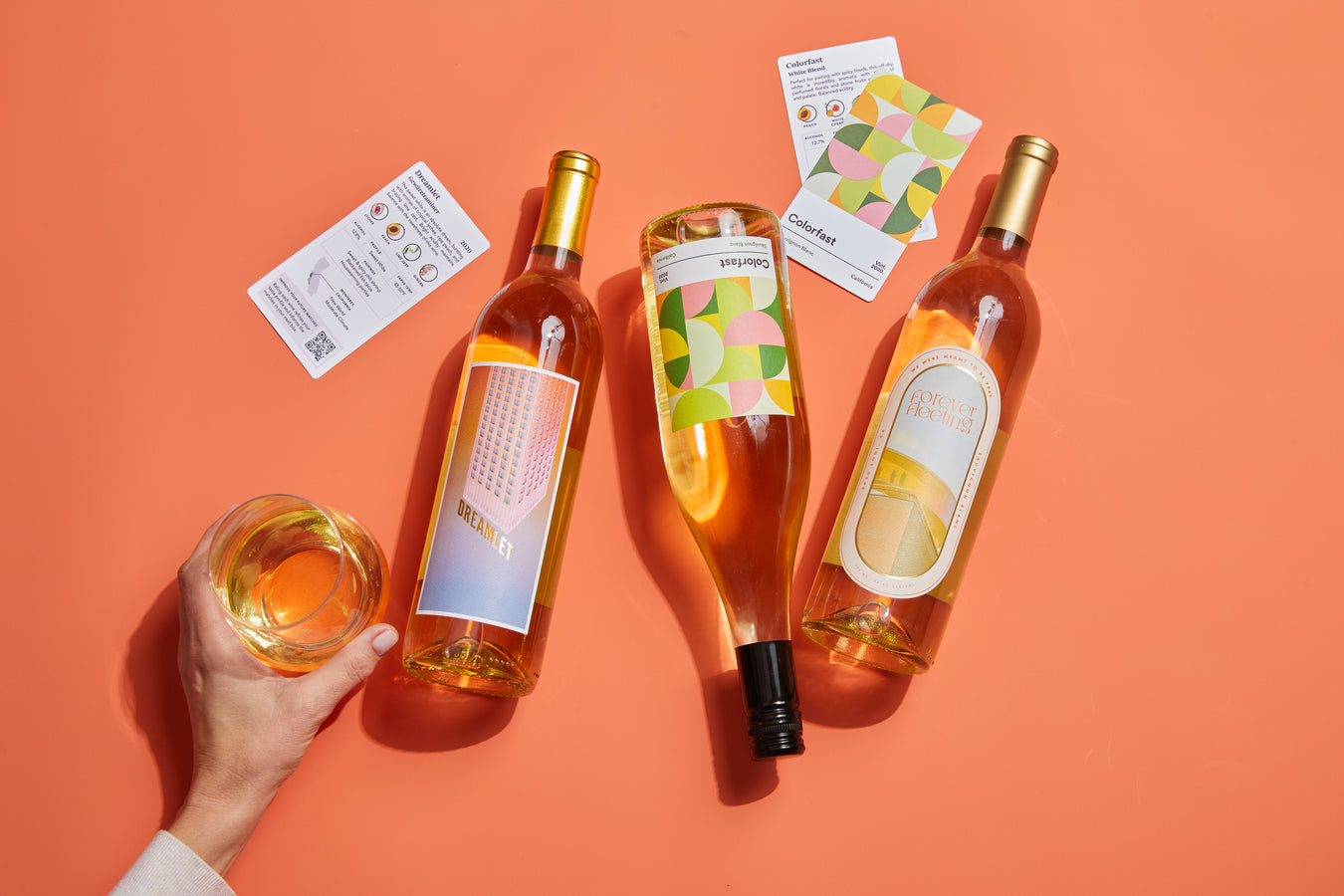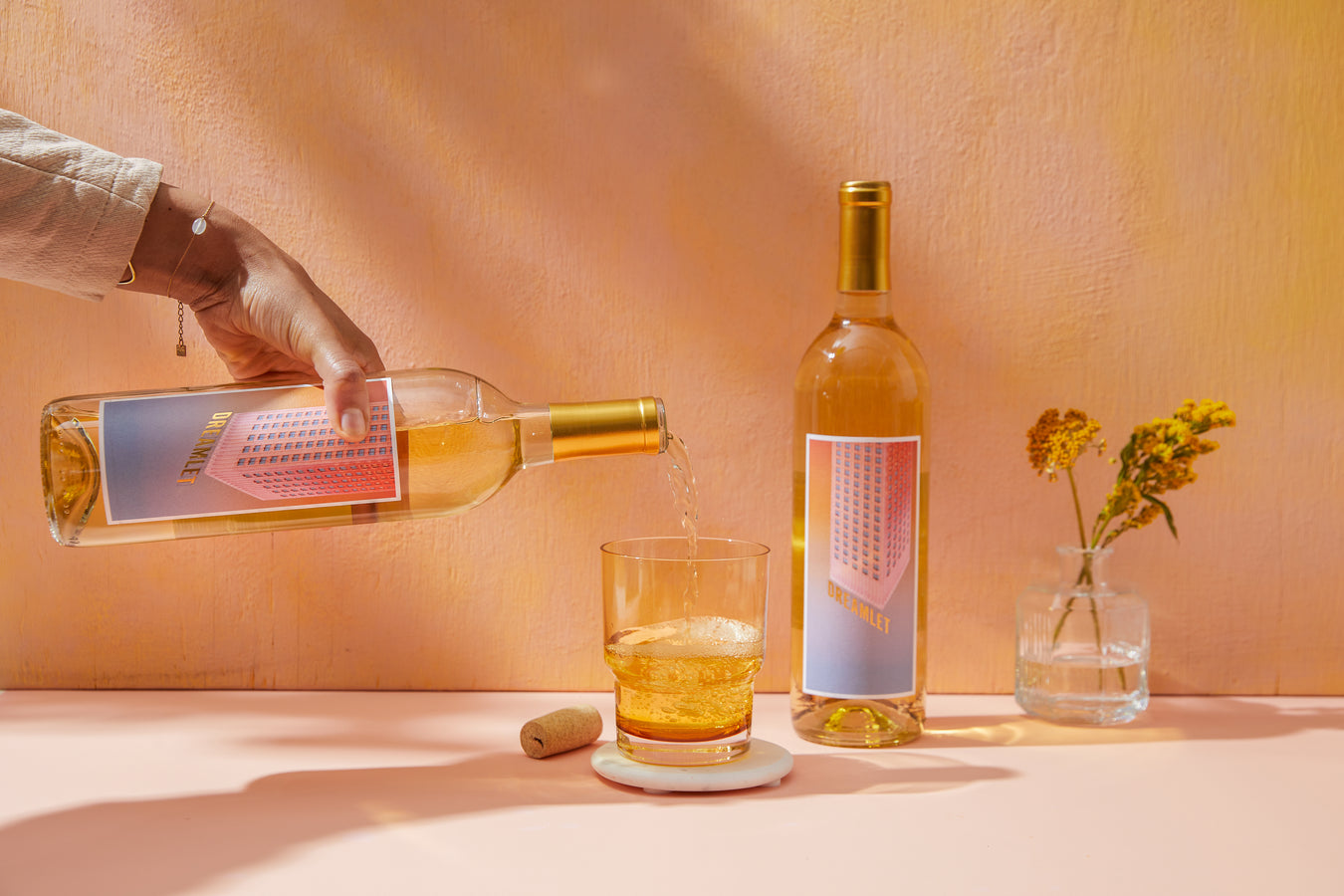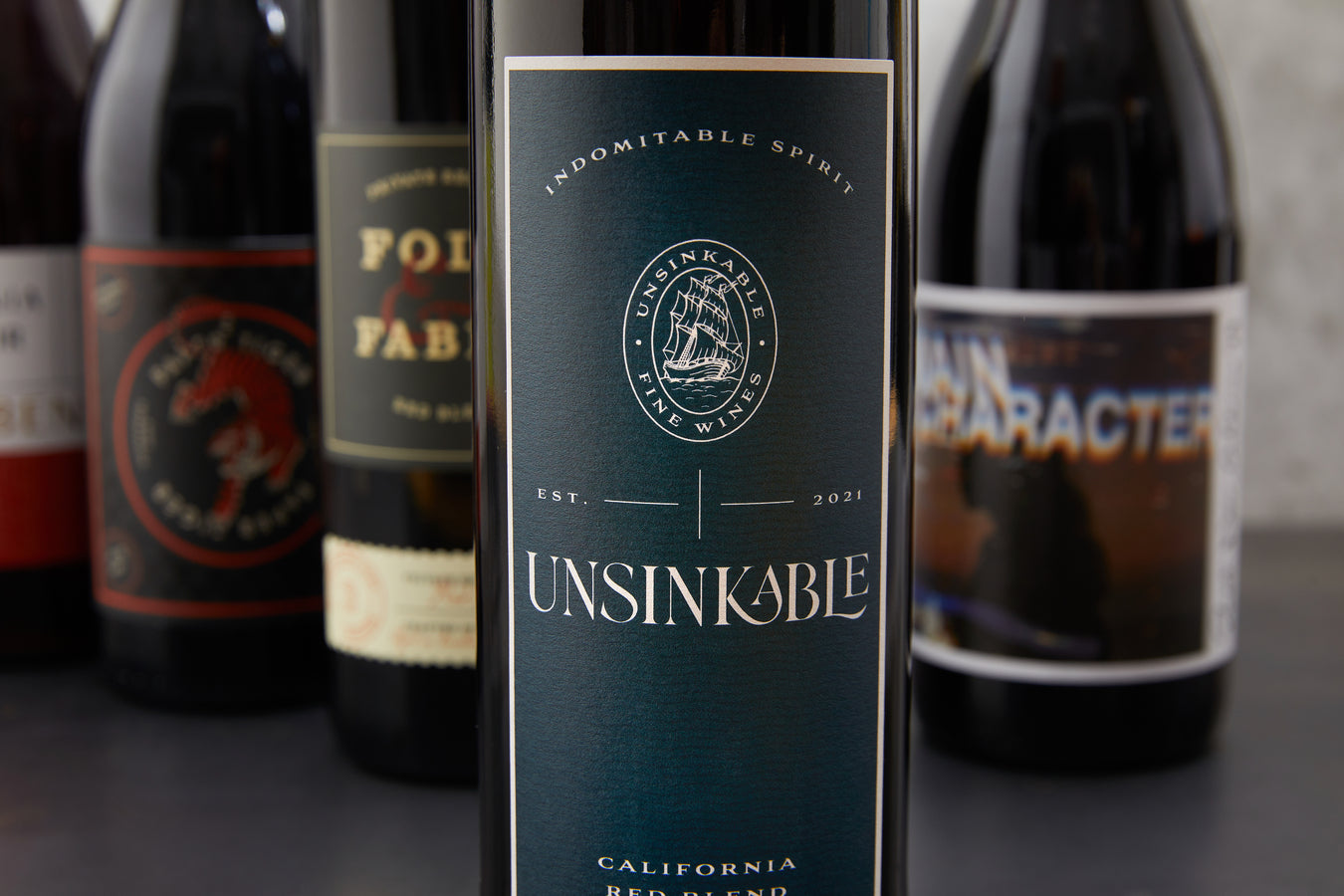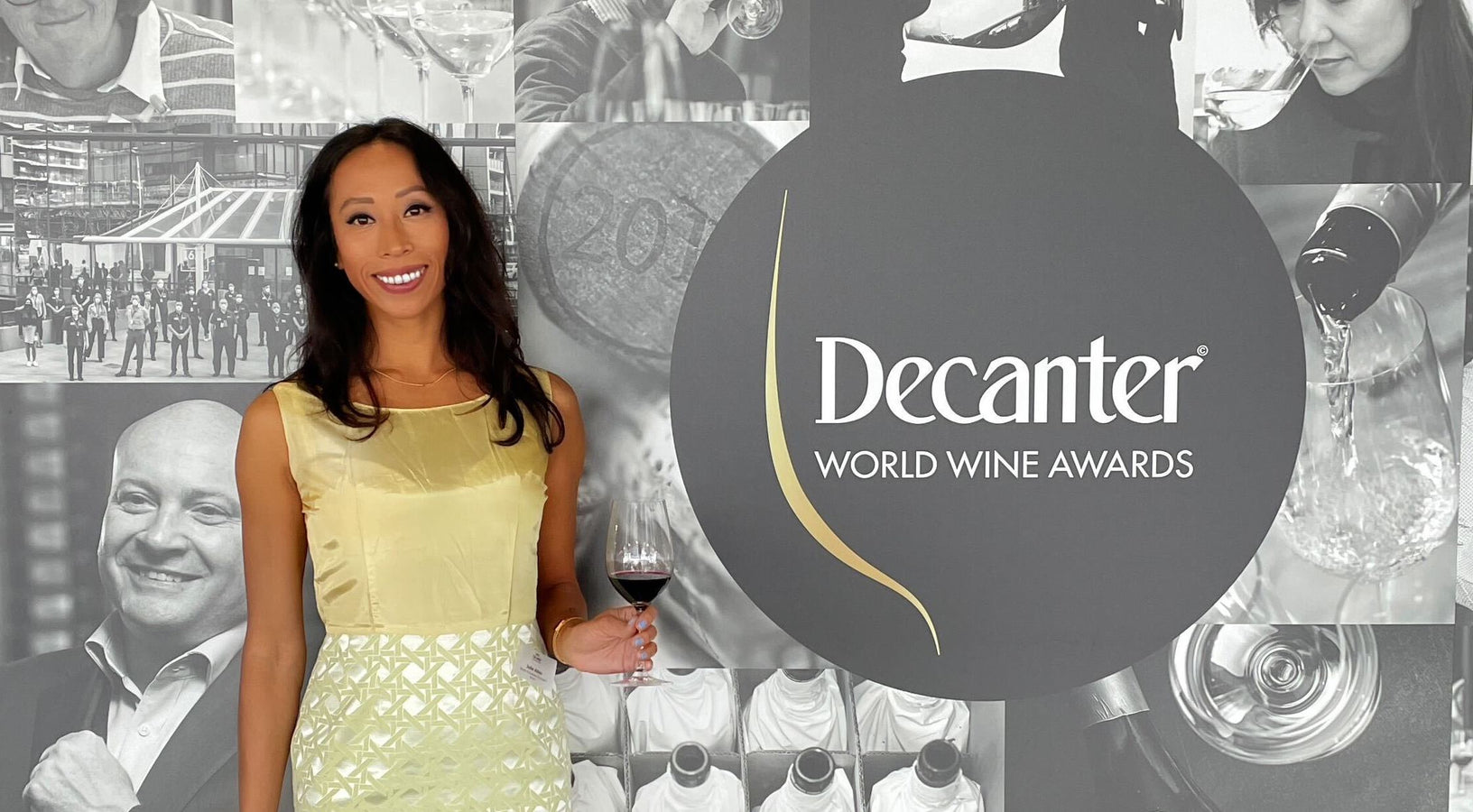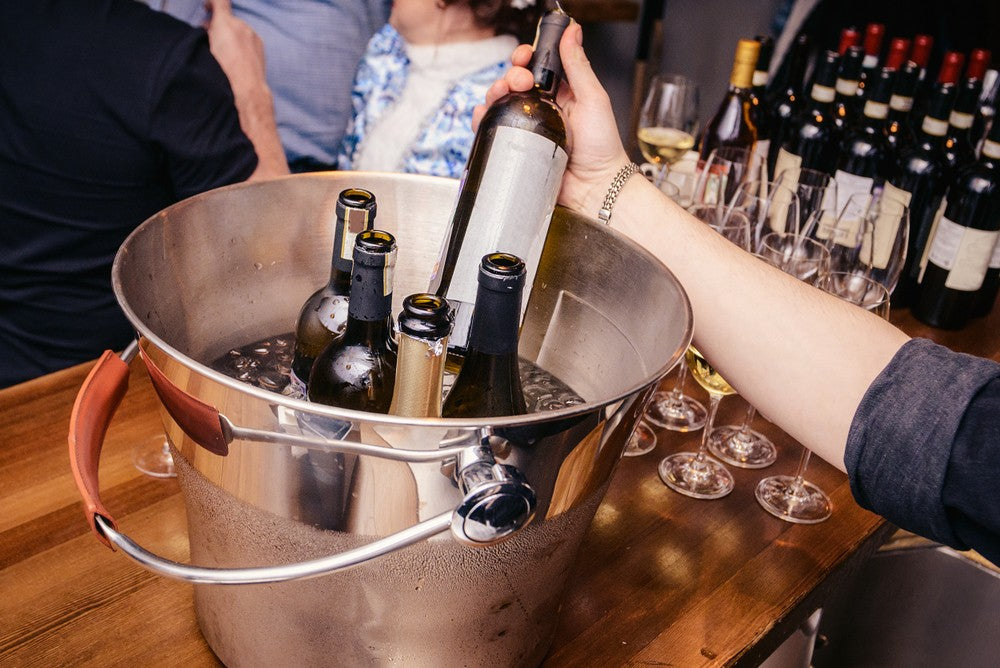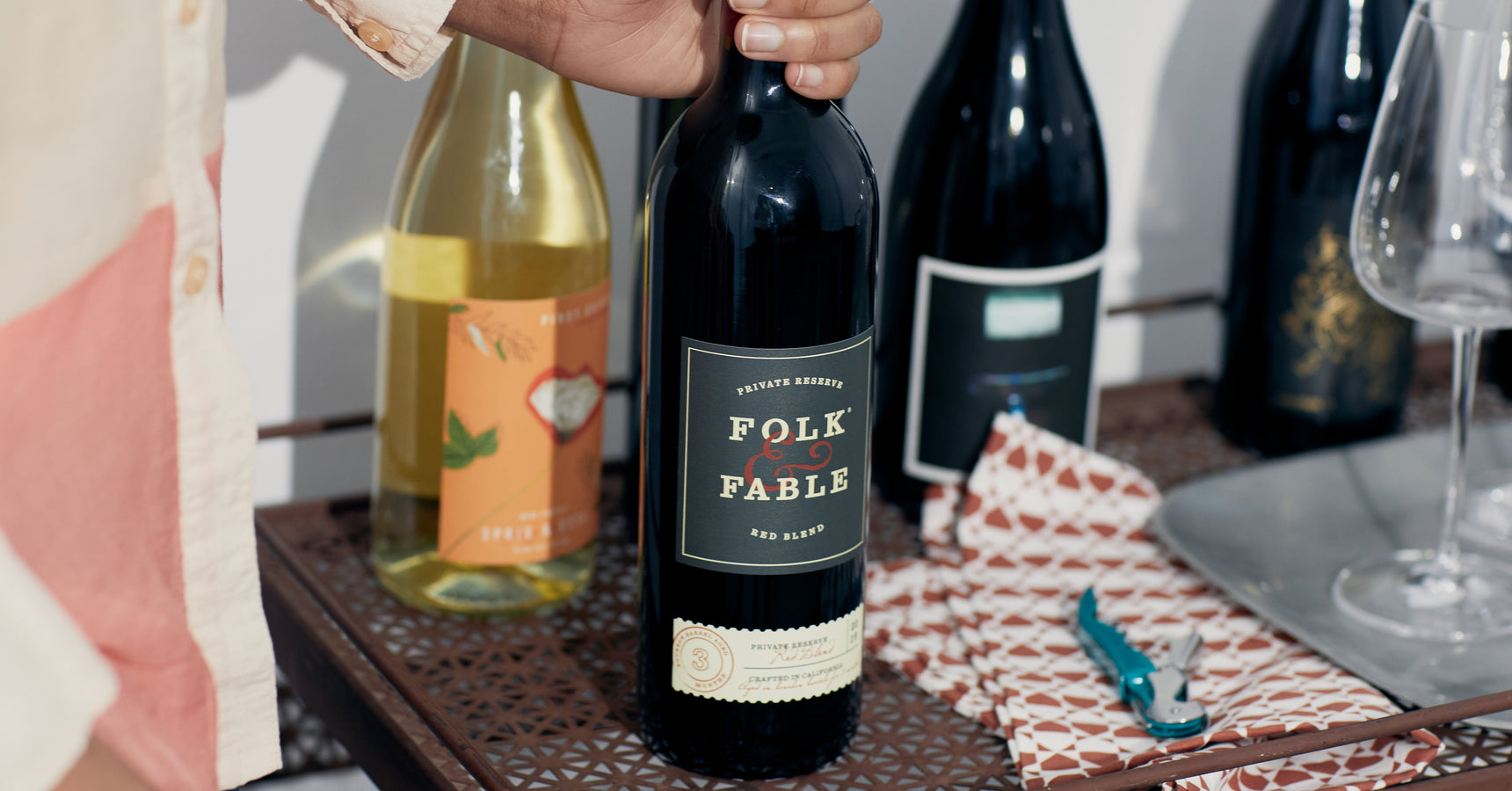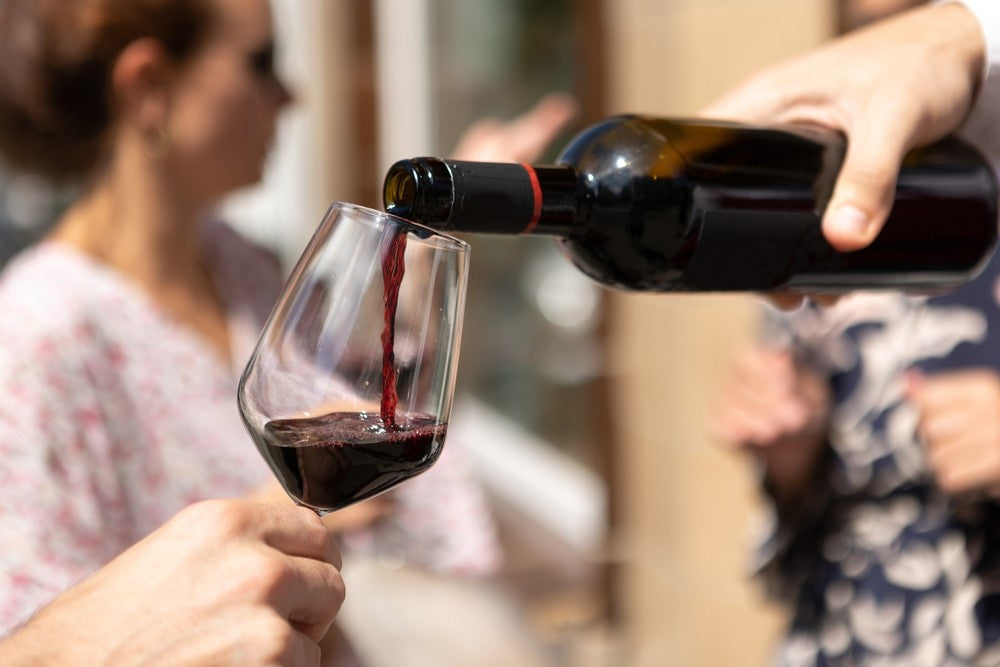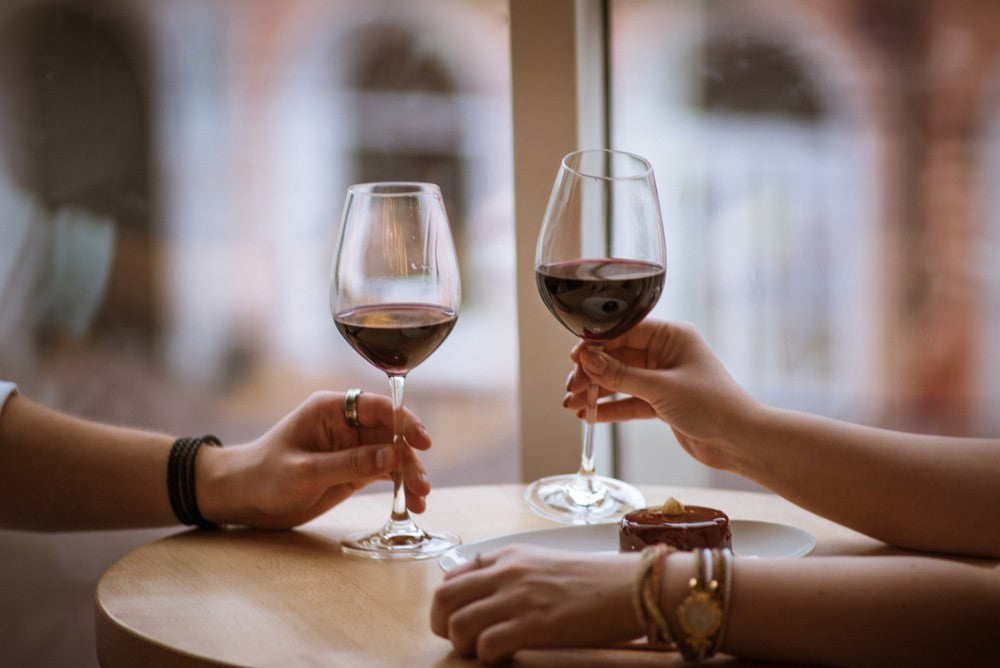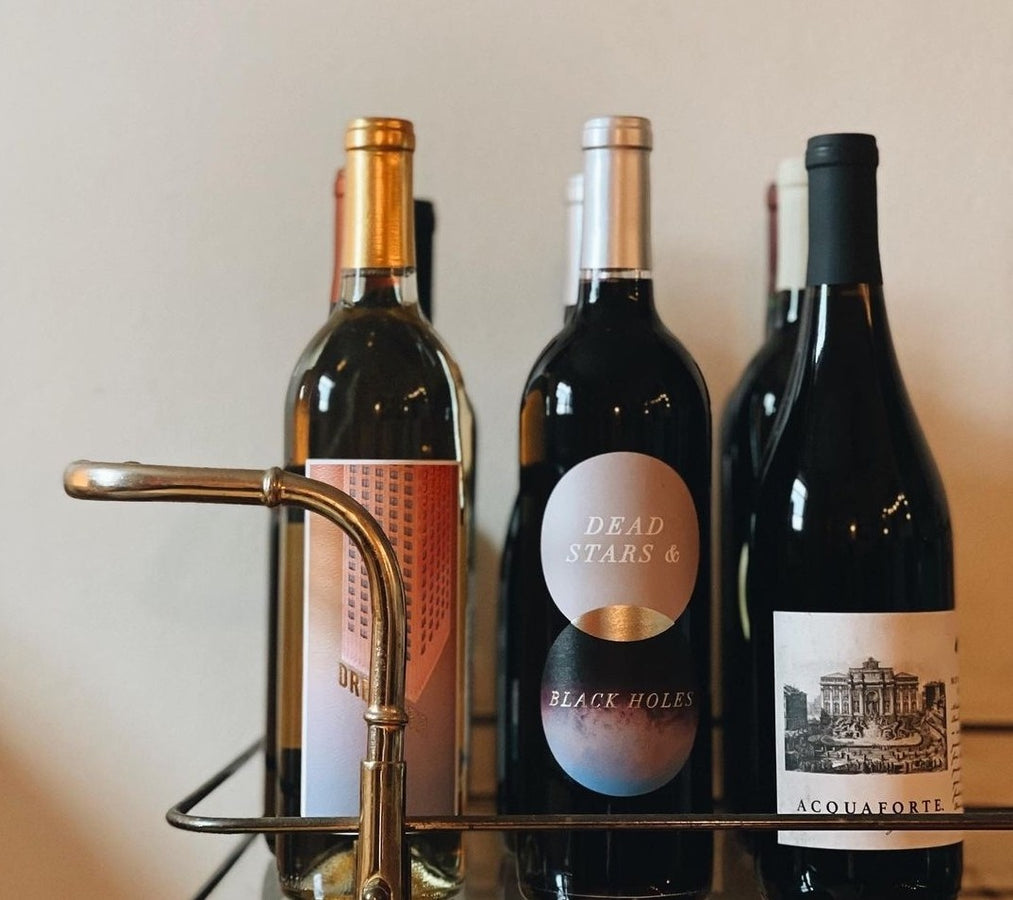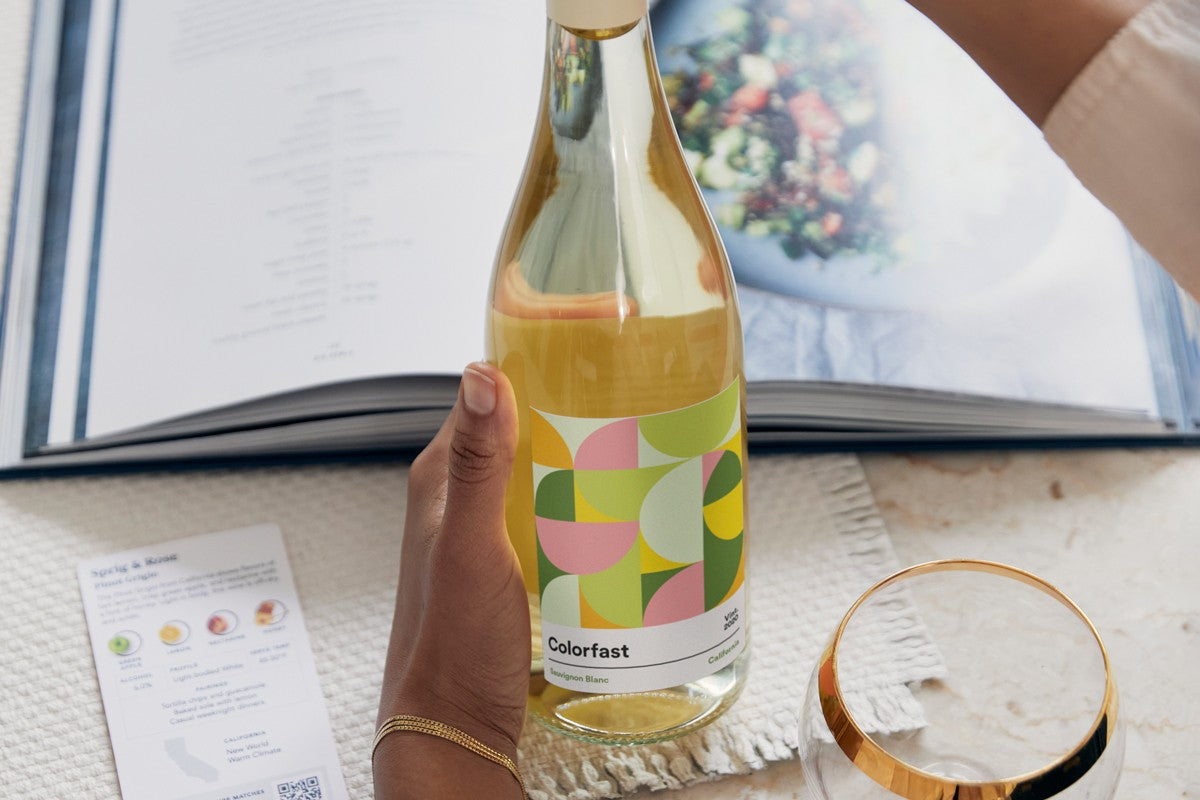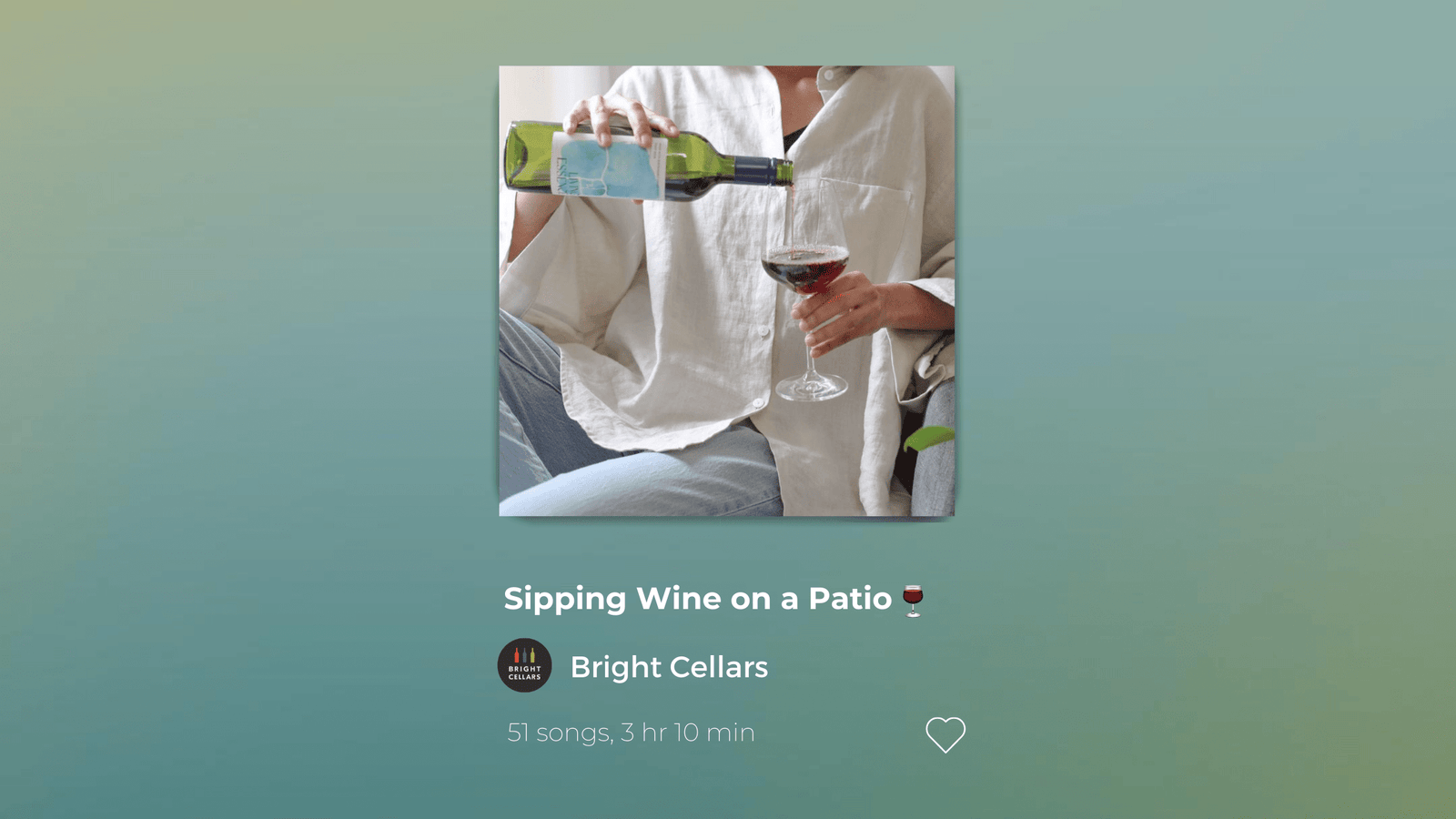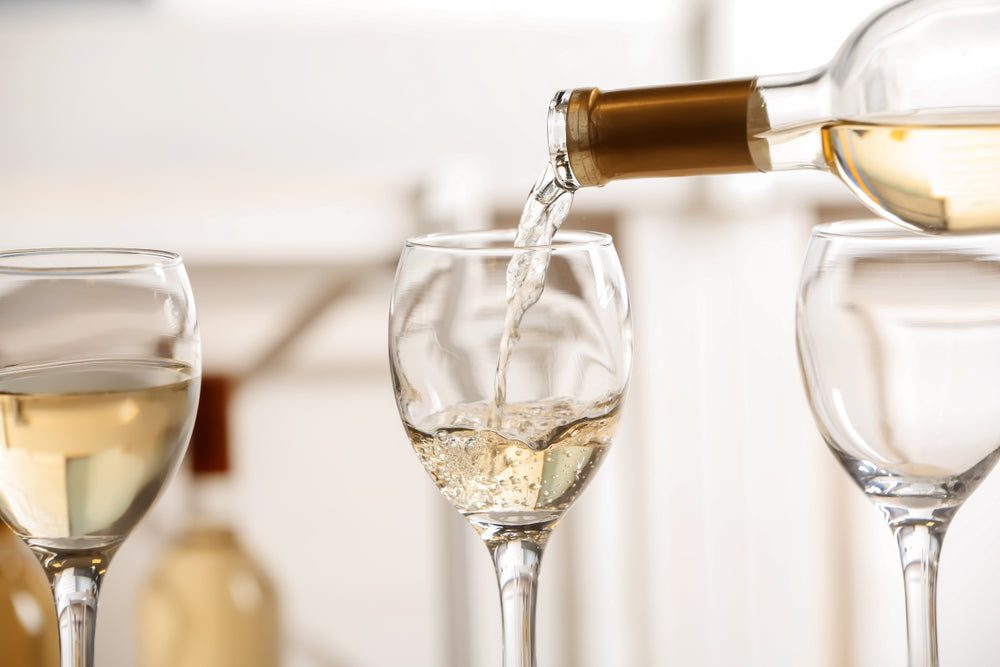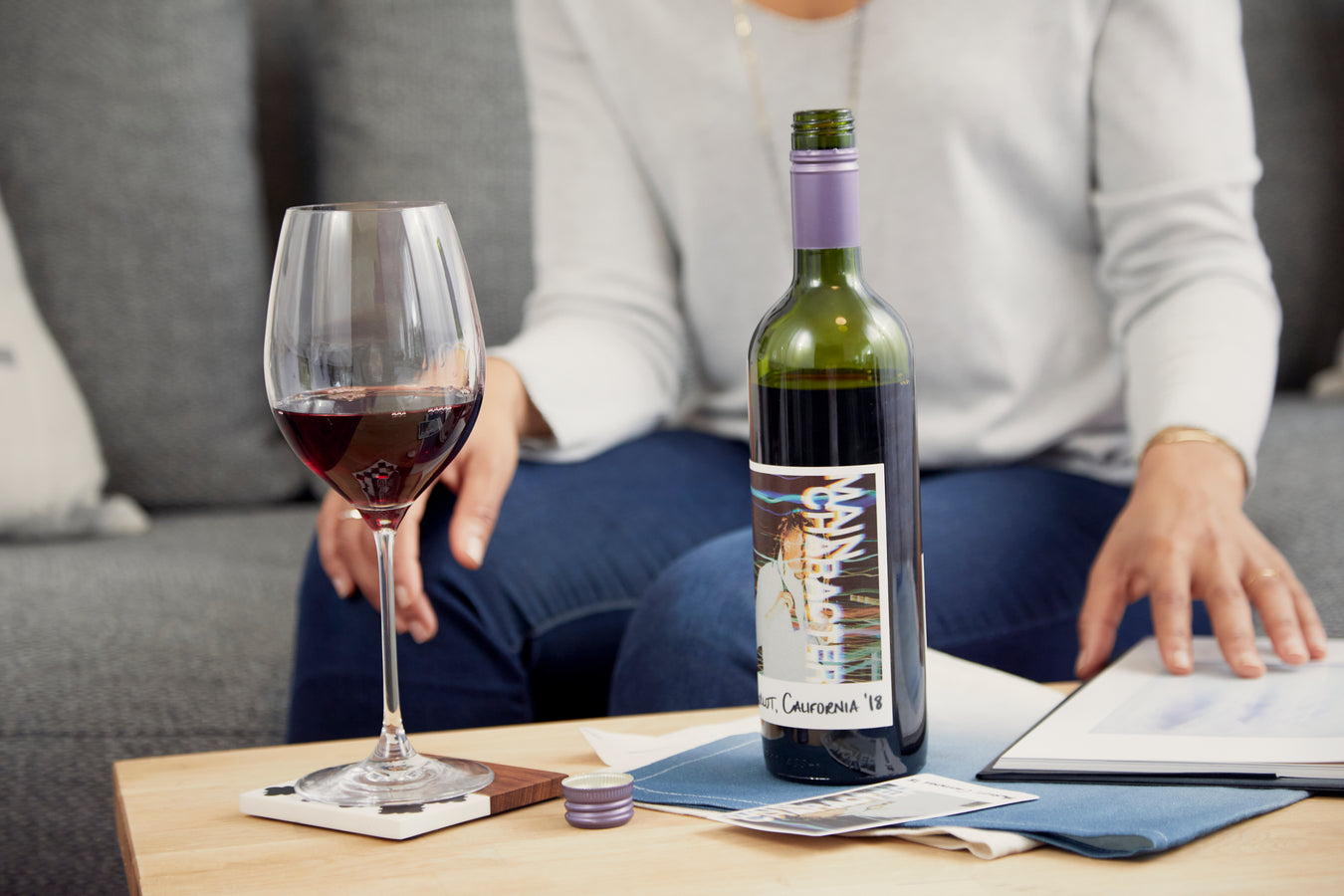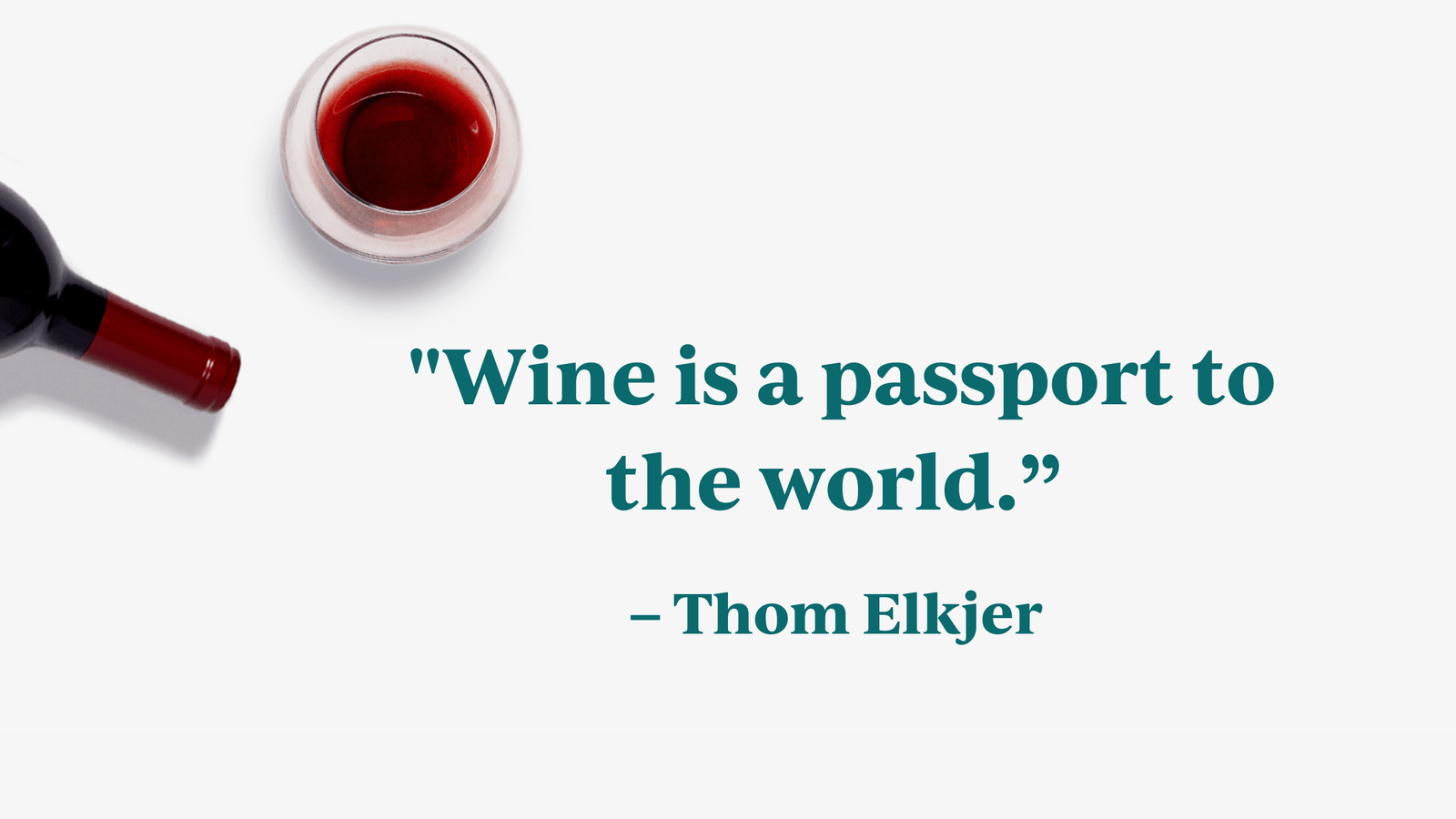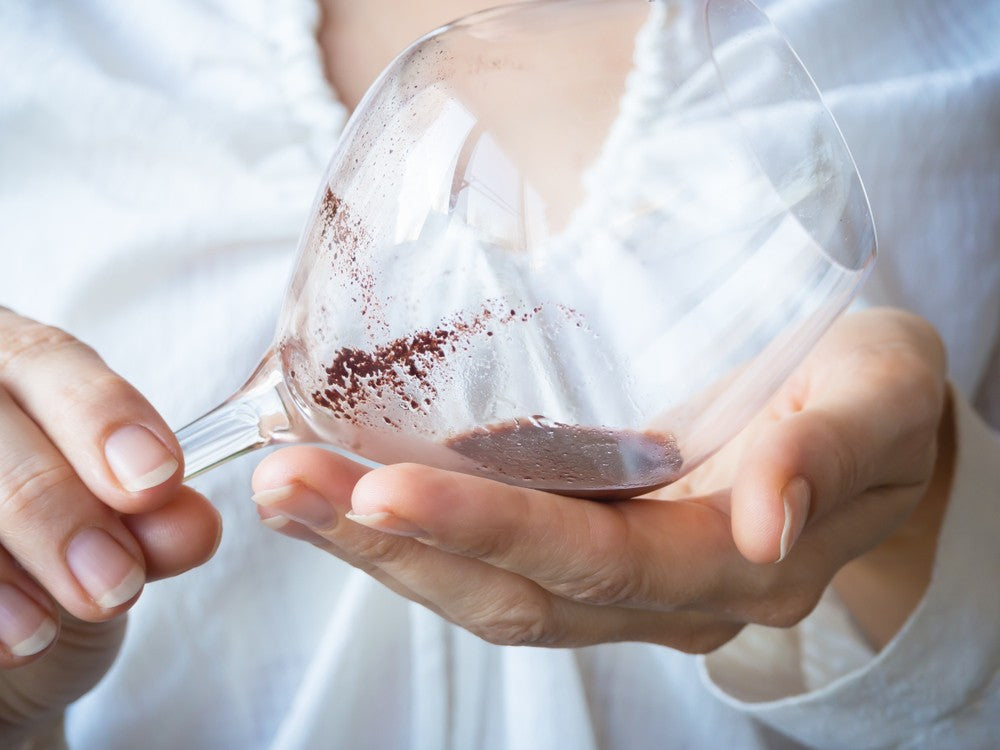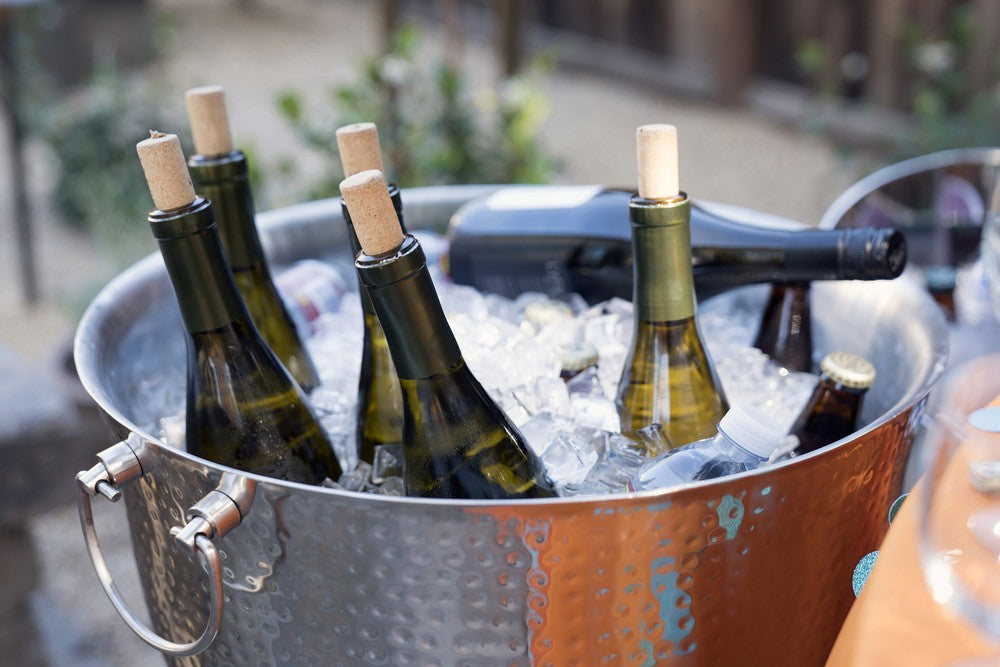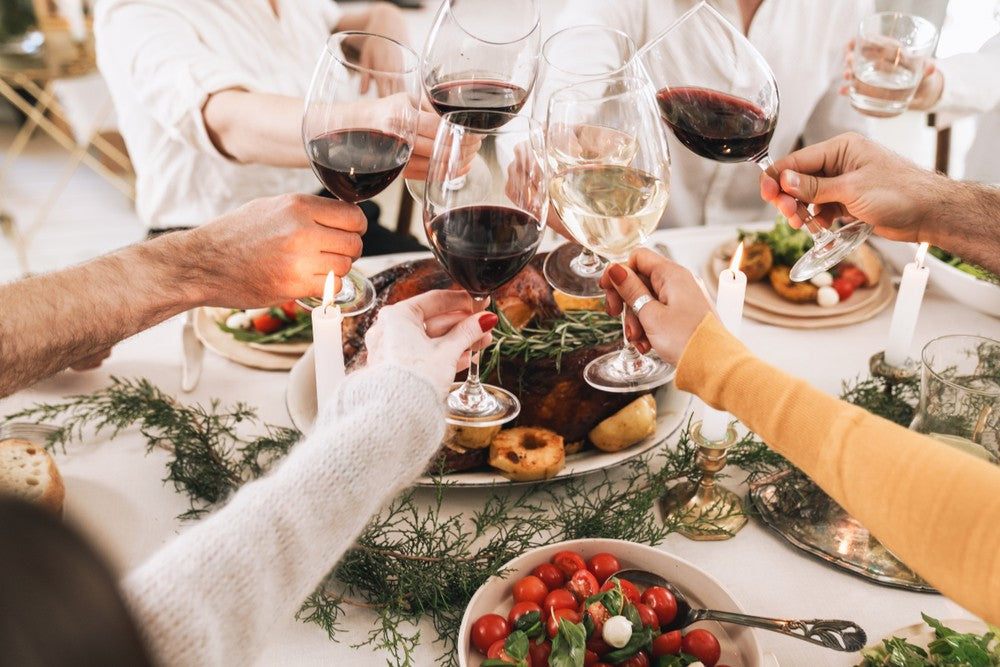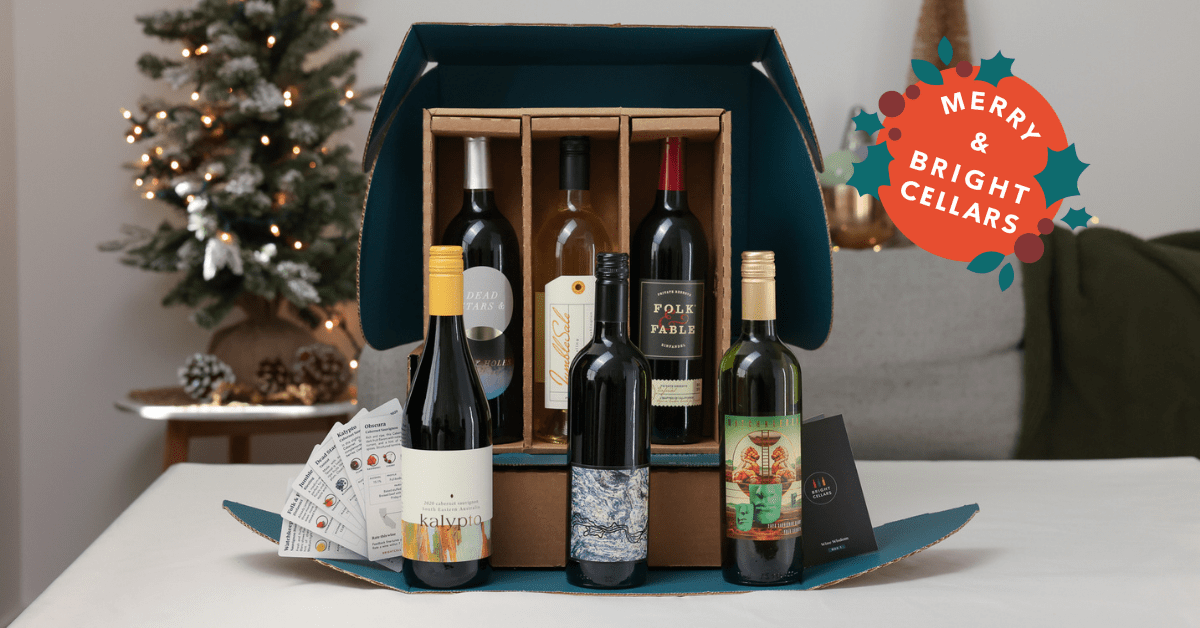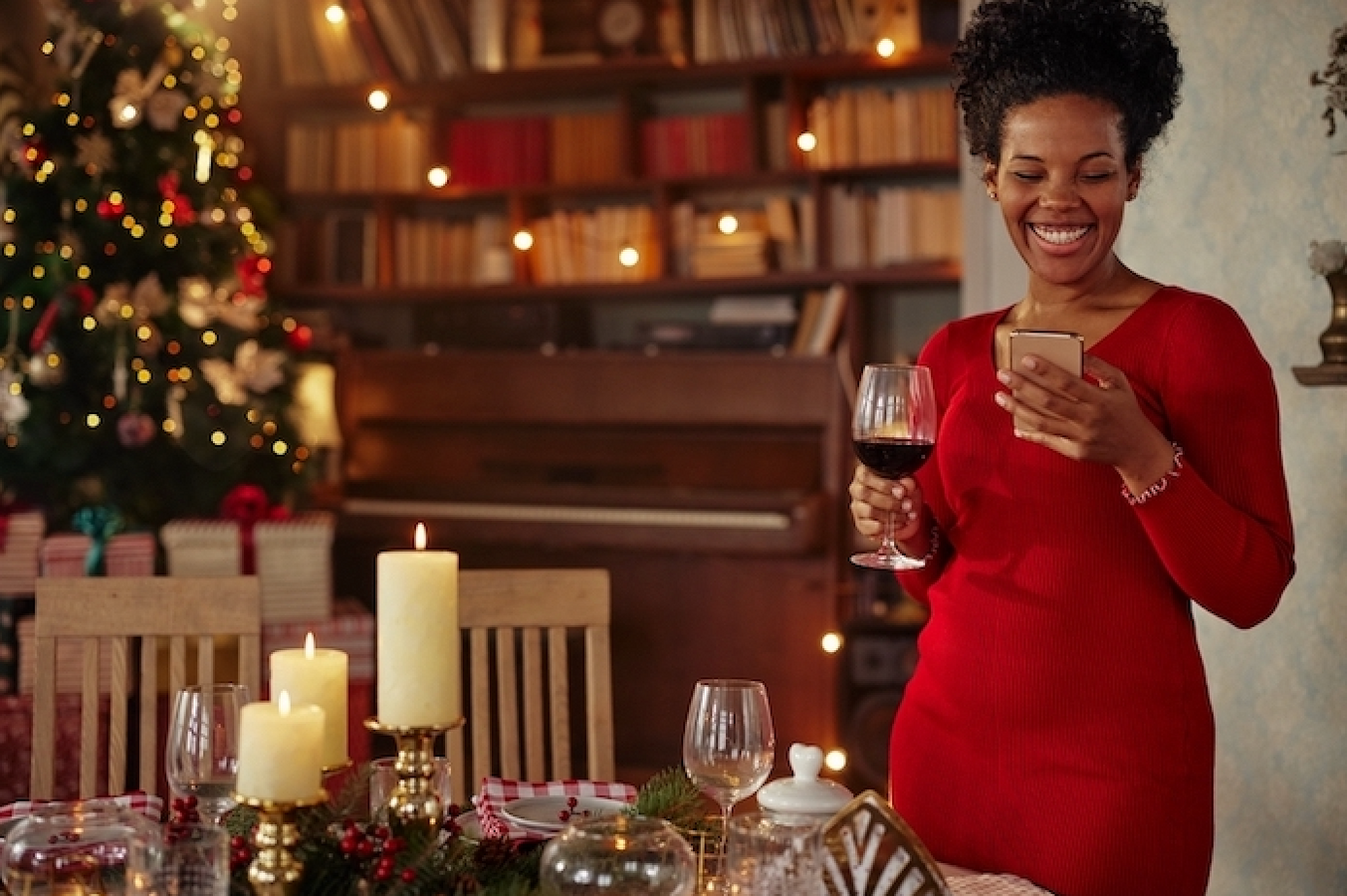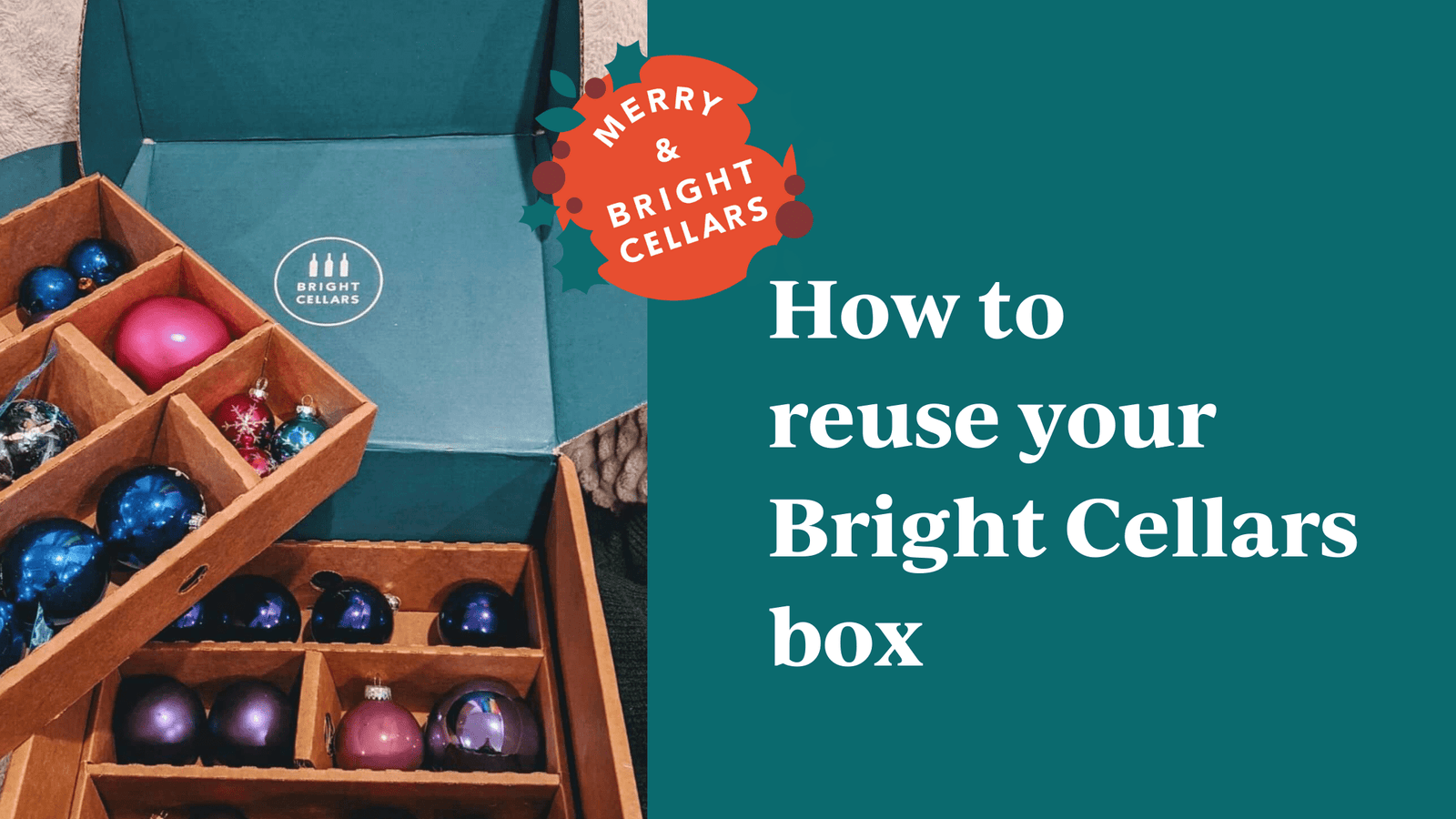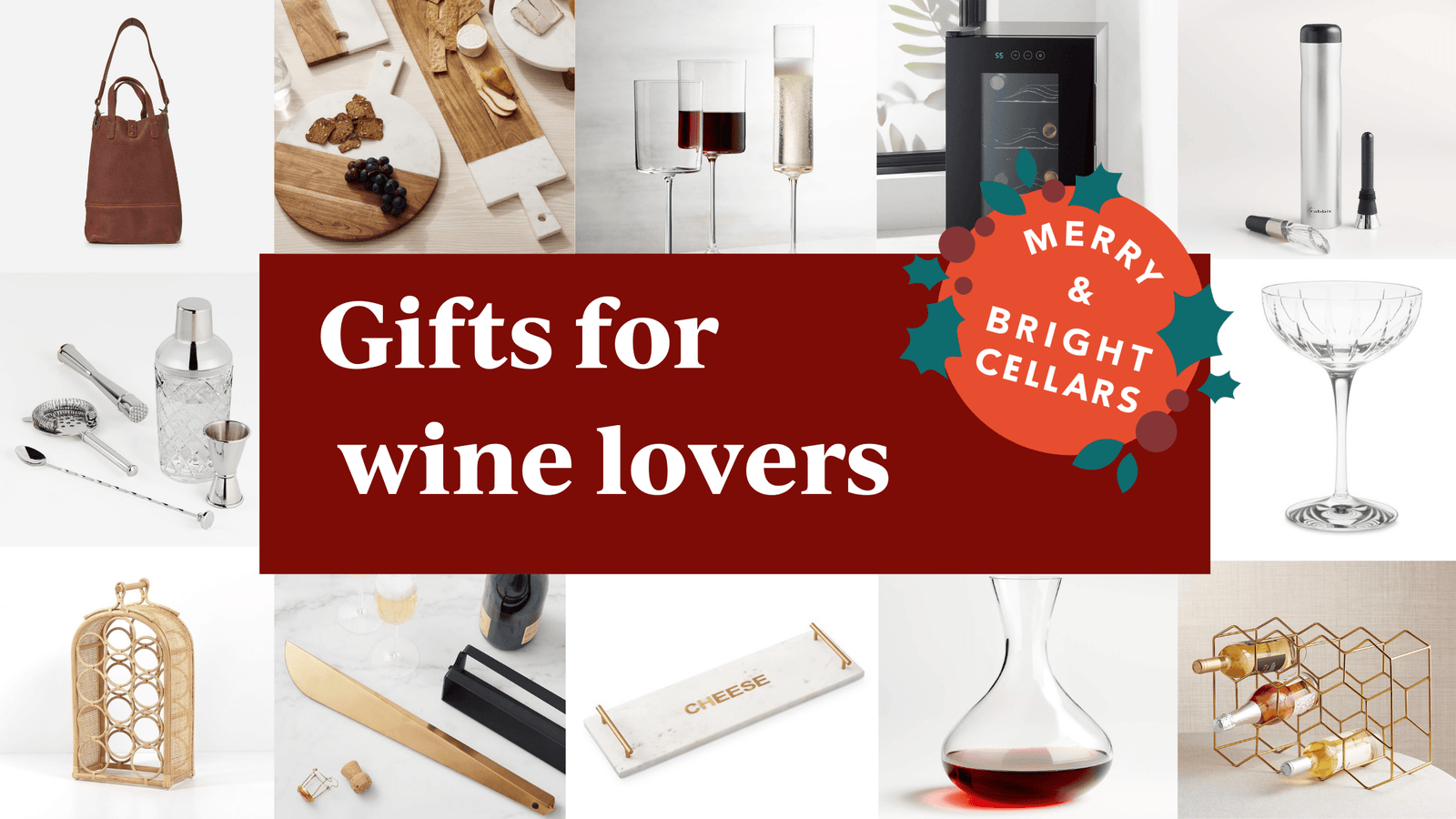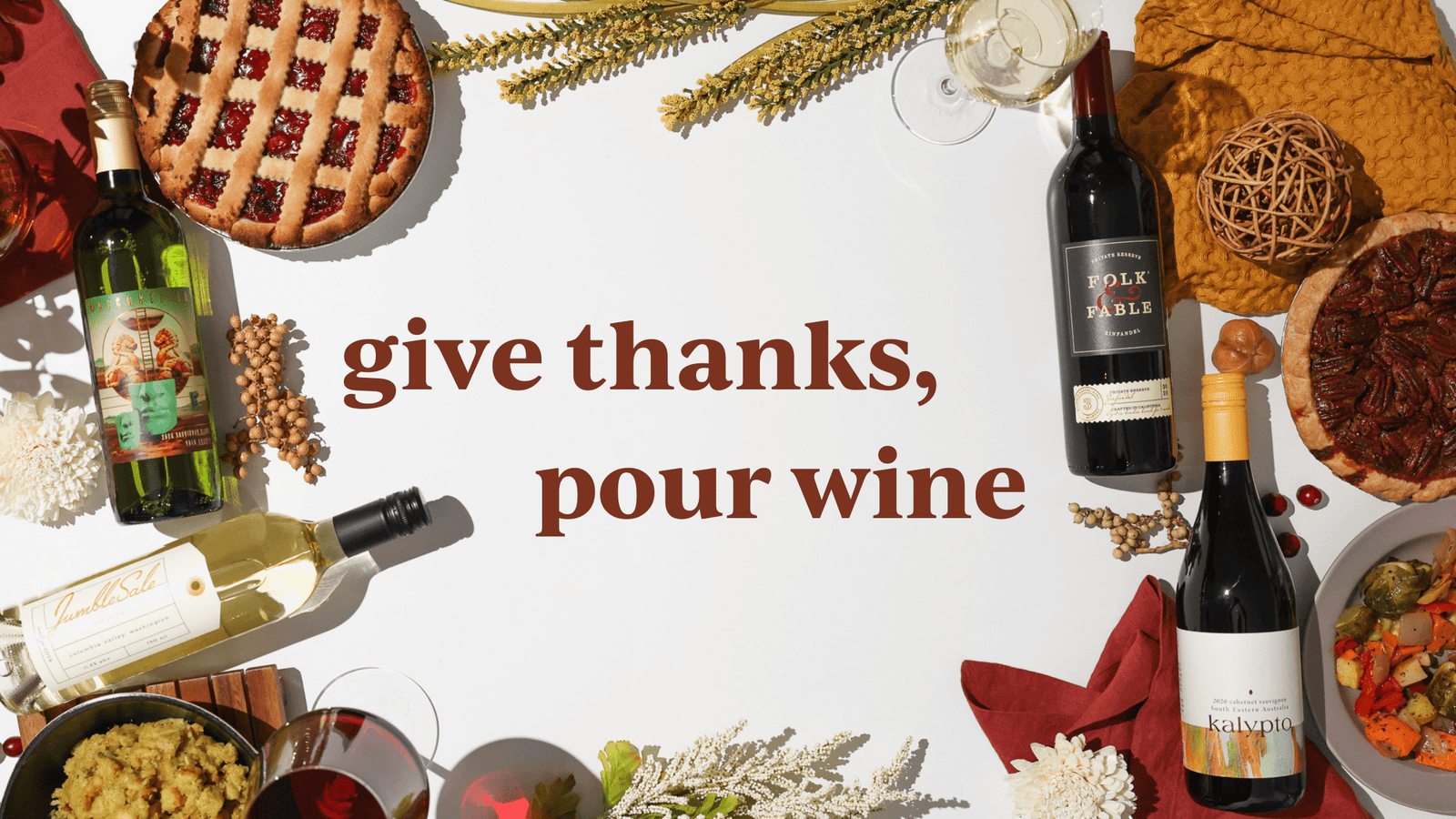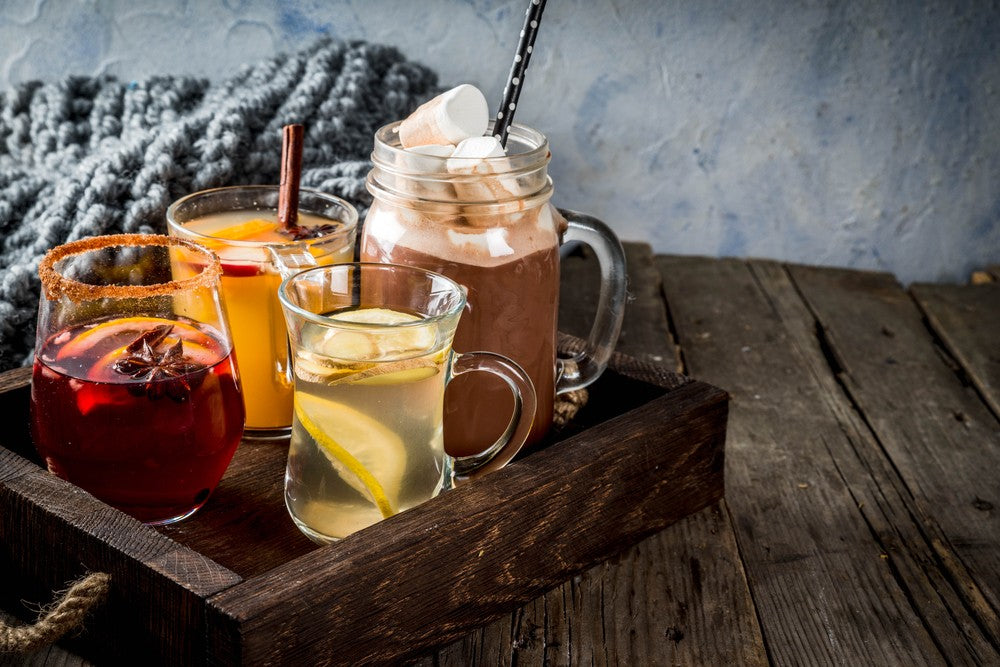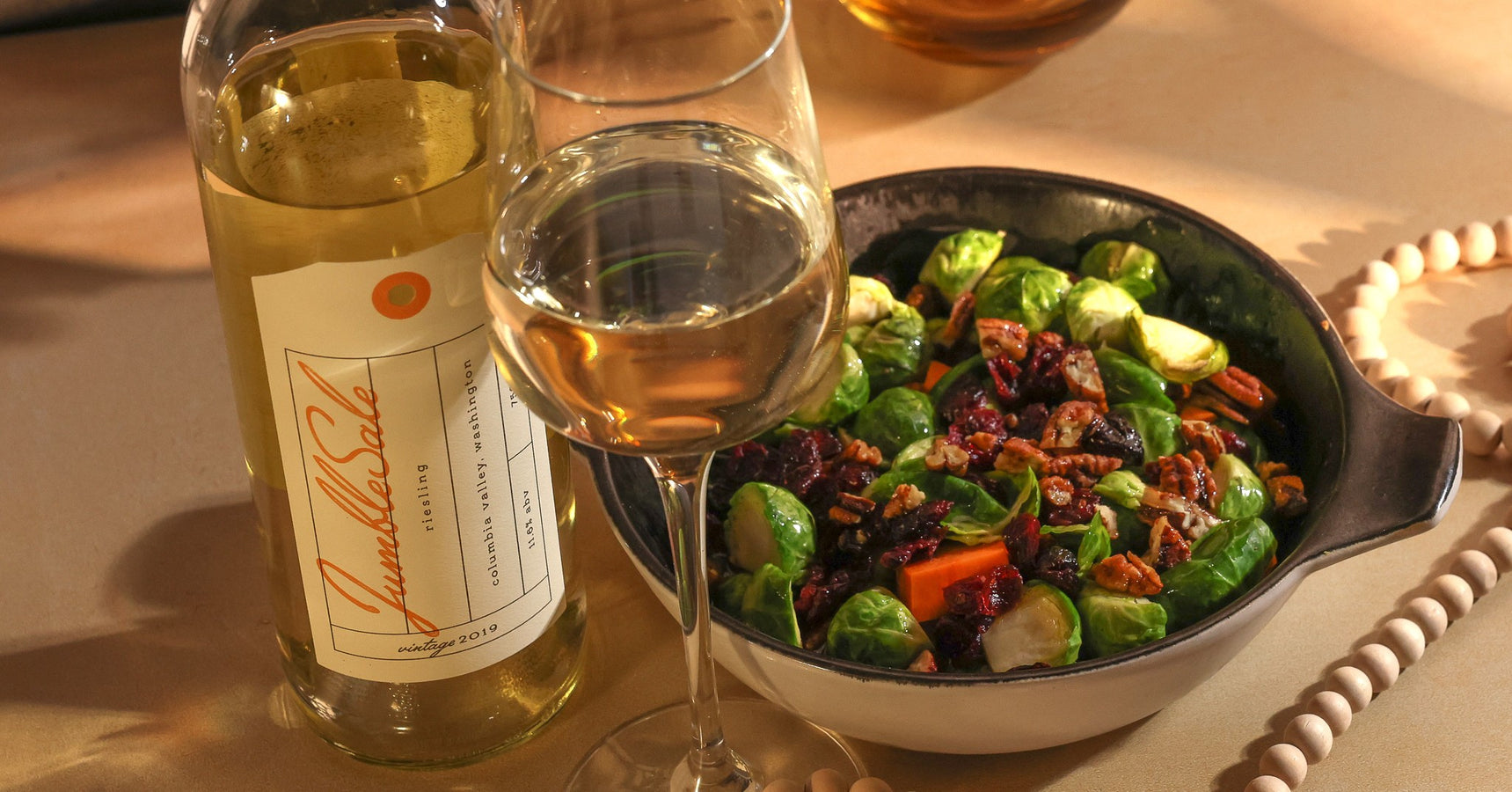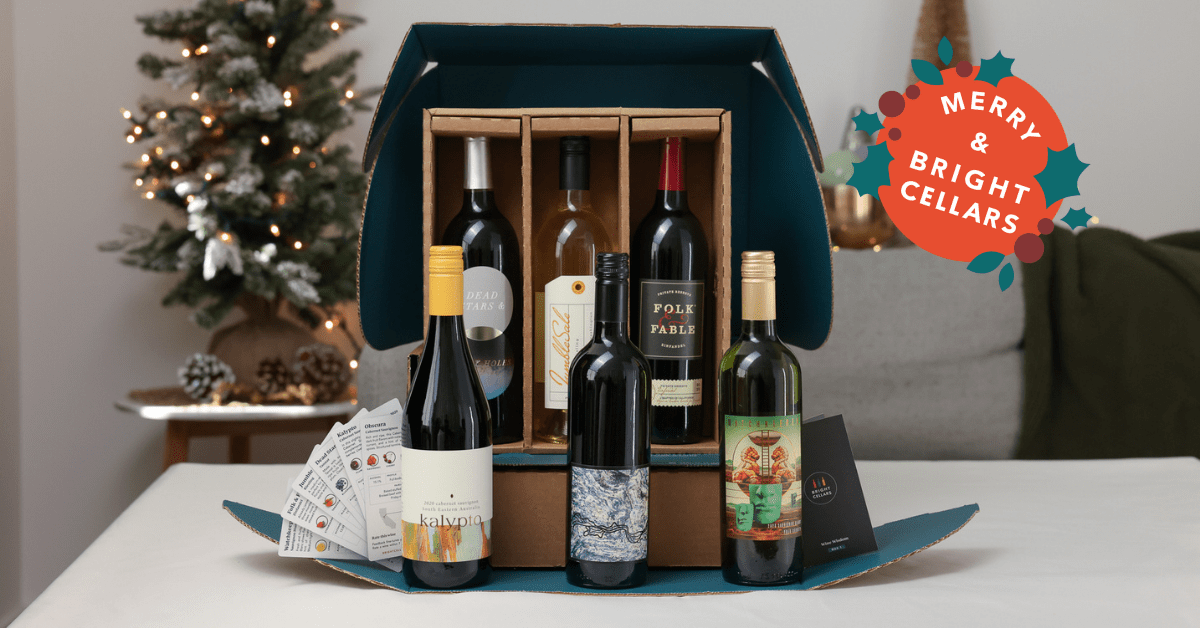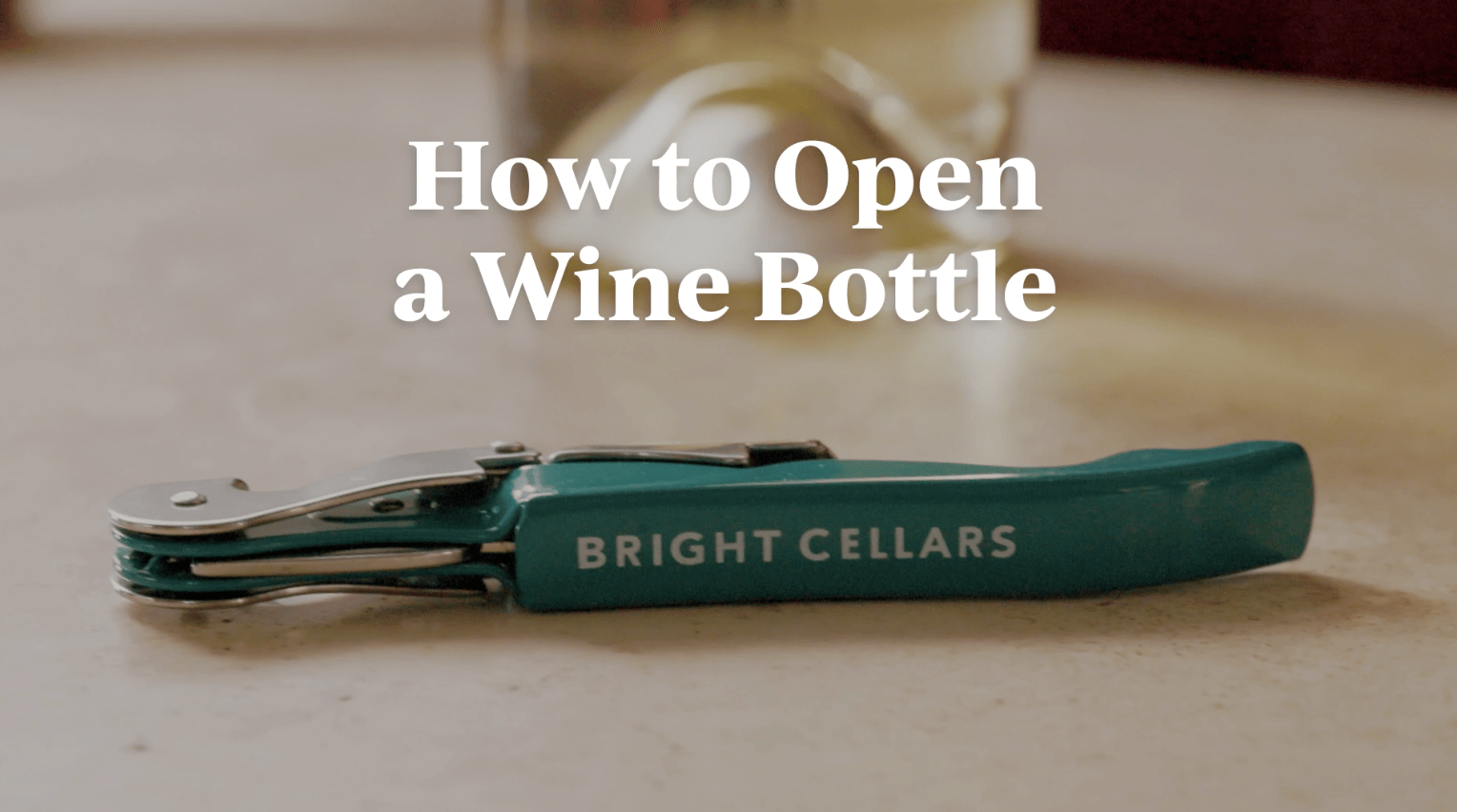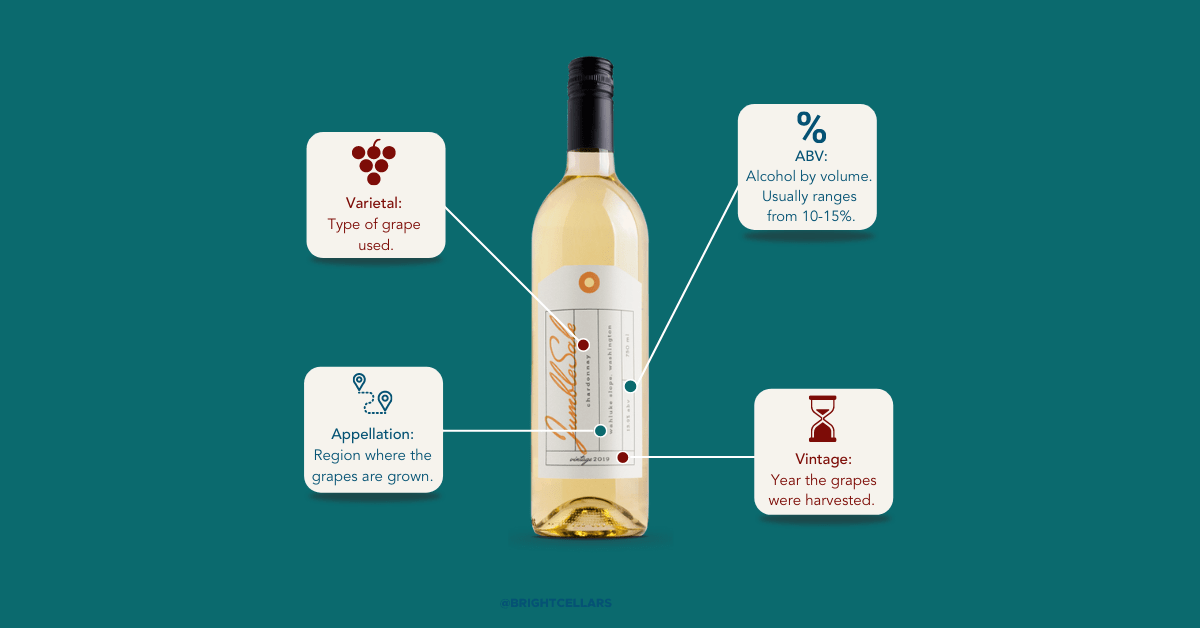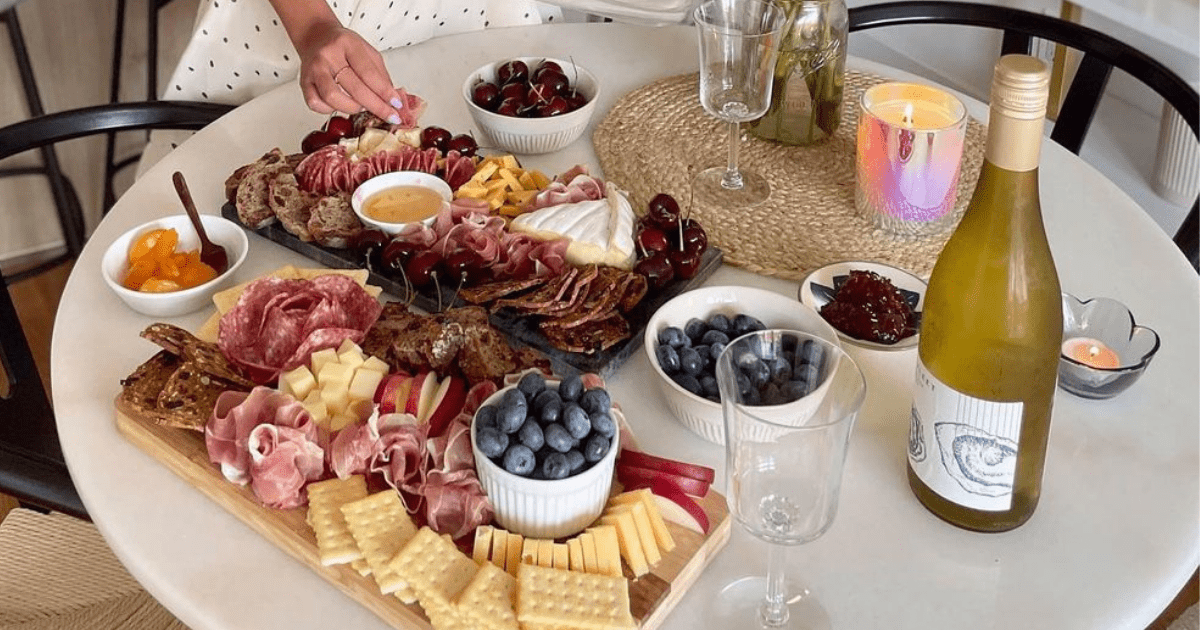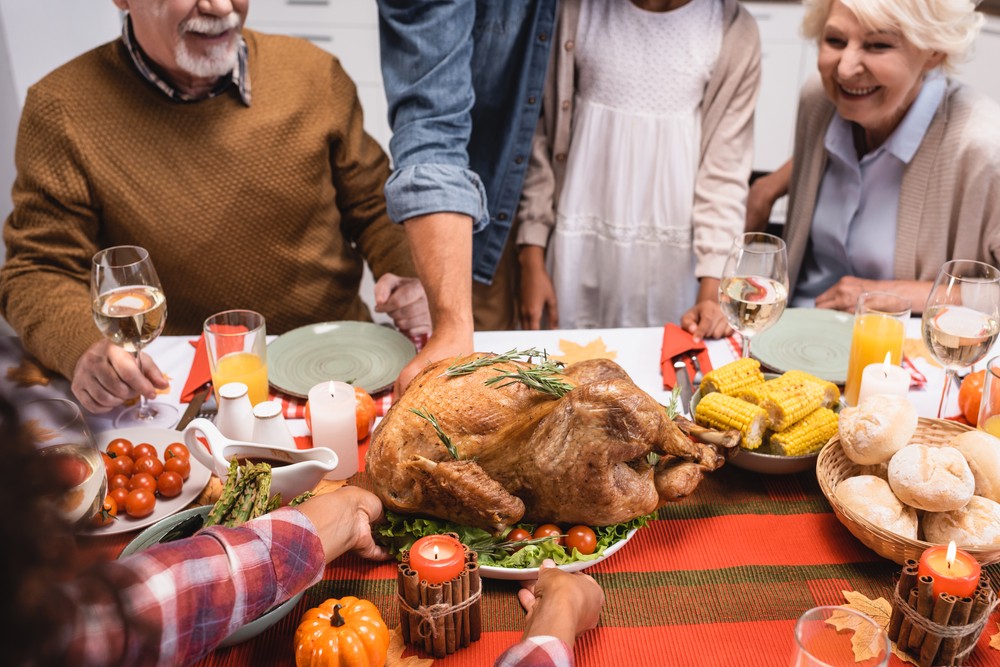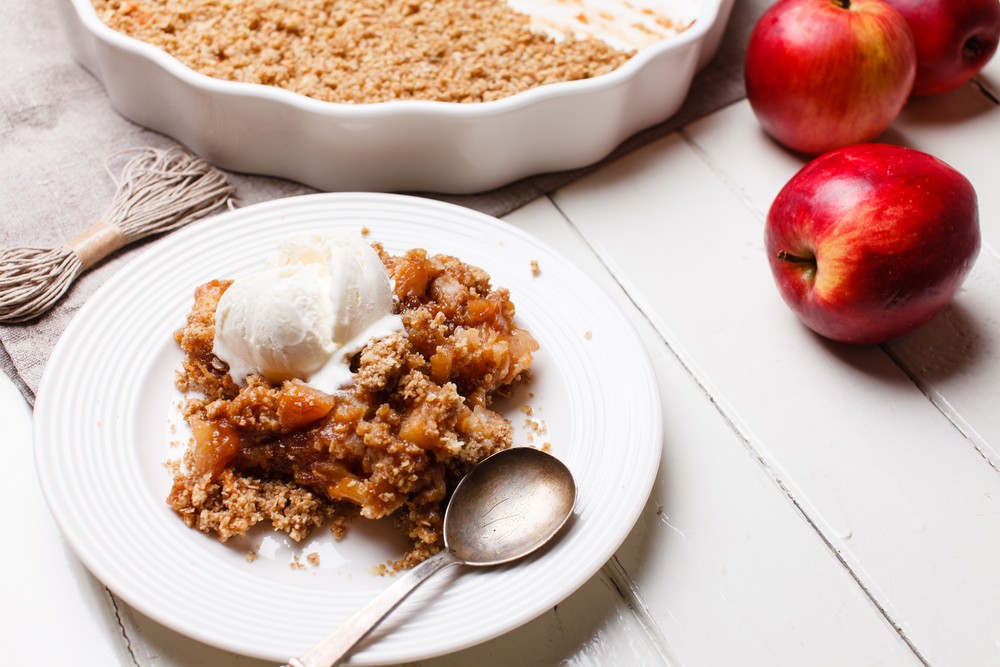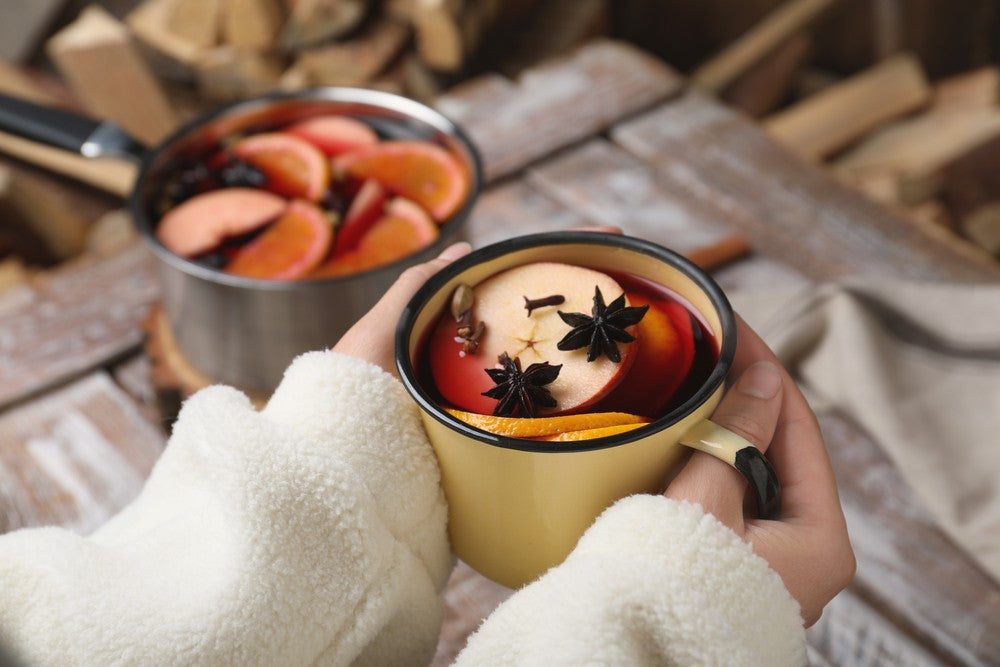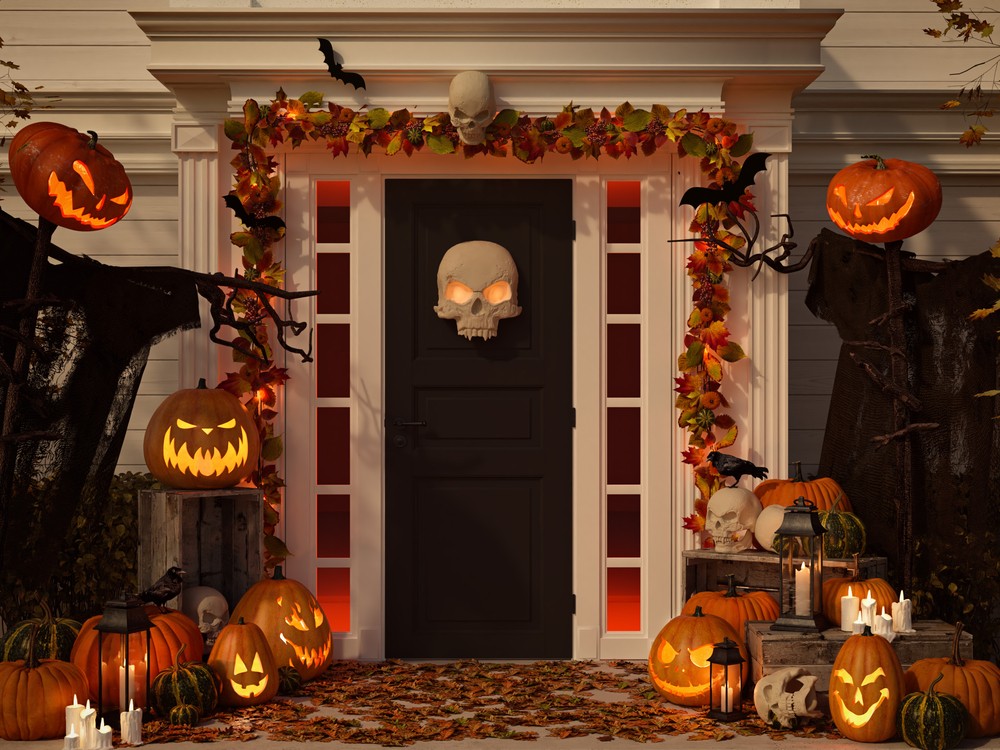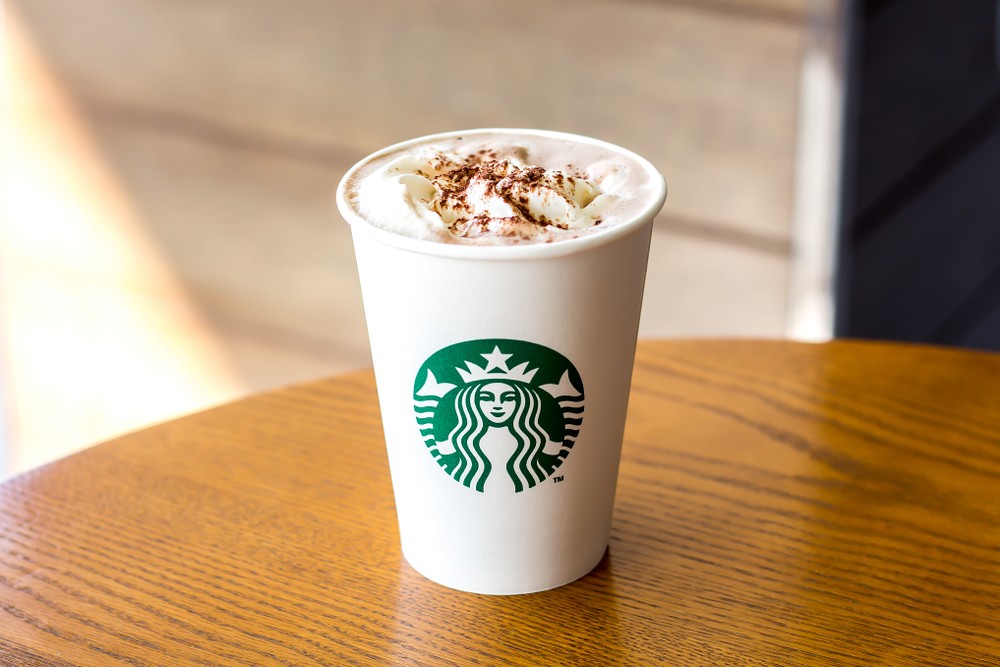
We don’t know about you, but there are some days when we wander down the wine aisle at our local grocery store in hopes of stumbling upon our next new favorite wine. After we spend a good 5 minutes staring at the wine, waiting for one to sound extra appetizing, we give up, look at the beautiful labels, and pick the prettiest one with a reasonable price tag. Sound familiar?
If it does, it’s not a bad thing. (Most of the time.) There’s a chance that the wine you’ve selected based off the label alone will be great. There’s a chance it’ll even be fantastic. But, if you’re deciding what to drink solely on the design, there’s a large chance that the wine might be subpar. Here’s why.
A wine’s label can give you a good vibe for the wine you’ll be sipping on. Winemakers spend a lot of time and money trying to get the design of the label just right. They want to make an impression on the consumer before they’ve even tasted the wine.
Some labels make the wine look elegant and expensive. And others make the wine look fun and fruity. If the winemakers have good designers making their labels, then those vibes are probably spot on to the tastes of the wine.
Take this bottle of Obscura Malbec, for example. Its label looks bold, dark, mysterious, and smooth. When we take a closer look and read the back of the bottle, those exact characteristics are matched in the wine: “Bold flavors of blueberry, blackberry, plum, black cherry and cocoa spice lead to velvety tannins and a smooth finish.”

But if the label misses the mark, it’s a good idea to get in the habit of reading the label to make sure the wine inside matches the design on the outside. Those labels often include a lot of important information about the vino itself.
Wine labels, while pretty and elegant, can also be hard to read for a wine newbie. There’s a lot of information on the label about the wine region, terroir and vintage. And sometimes, depending on the wine you’ve picked up, that information may be in a different language.
It sounds strange, but it’s a good idea to familiarize yourself with a wine label to make sure you’ve got a decent chance at buying a wine you’ll really enjoy. Trust us, we know what it’s like to get home and pop open that bottle only to hate the vino itself. It’s disappointing, and while sometimes unavoidable, giving the label a closer look might save you from this disaster.
VINTAGE
Labels also tell you the year the wine was made, which can be super helpful in determining if that wine will be of good quality. Just because some regions continually produce really good varietals of wine doesn’t mean that all years from that region will be fantastic. Lots of things affect the wine in your glass and that includes weather patterns and wildfires. Think of the fires in California, and how some years the fires are worse than others. While we know you won’t go out now and memorize all the weather patterns in the most popular regions of wine, it might be a helpful thing to keep note of if your favorite varietal from your favorite brand is no good one day.
REGION
Take a peek at the region on the label the next time you’re at the store. Sometimes, labels will get super specific with the region the wine is sourced from. Other labels, however, just tell you the country that produced the wine. Just because one wine label is more detailed than the other, doesn’t necessarily mean it has better wine. But, it is something you should pay attention to since some regions are better-known for certain varietals than others. Germany produces amazing Riesling. Idaho, on the other hand, doesn’t.

FLAVORS
We love food. A lot. And we love pairing it with wine. But sometimes when pairing guides say vague statements like “this goat cheese pairs really well with citrus-y acidic wine,” leave us wondering if finding the perfect wine is like finding a needle in a haystack. The thing is, labels actually really help with that. Labels give us the flavors and their intensity all spelled out for us, making it super easy to read and pair with whatever’s in your grocery cart (we see those Cheese-its). It’s really helpful to look at this for specific wines, too. Just because the Pinot Noir you had last week had a lot of black cherry flavors doesn’t mean that the one in your hand at the store has those exact same characteristics.
ALCOHOL LEVELS
Wine can be fun. Like really fun. But sometimes you just want a wine that’ll be a little less fun. If that concept seems foreign to you, it was a little strange to us at first too. But picture a situation where you’re hosting your sig other’s parents for the first time and you want to make sure you don’t get tipsy off of just one glass of wine. After all, your tolerance level probably decreased a little since college. In times like these, it’s best to peek at the label and pick a wine that doesn’t have a super high ABV (essentially alcohol content level). Wines usually don’t taste as strong as hard liquor, so it can be hard sometimes to taste if a certain wine has a high alcohol content. The label just creates a shortcut for you and tells you just how much alcohol is in your wine.
CLASSIFICATION
If you want to get real fancy with your wine label reading skills, check out the wine’s classification. The classification is usually unique to wine produced from Spain, Italy and France, and just means that in order for a wine to have a certain classification, they must first have a minimum quality. There are a bunch of different types, and honestly, it would take an entire different blog post to go through each classification, and we don’t want to bore you with that today. If you’re interested in learning the classification specifics, check out more info here.
So, after making it through all that, do we care too much about labels? We think the jury might still be out on that one, but at the very least, we can start to pay a little bit more attention to the actual words on the label. Cheers!
Sources: Wine Folly
